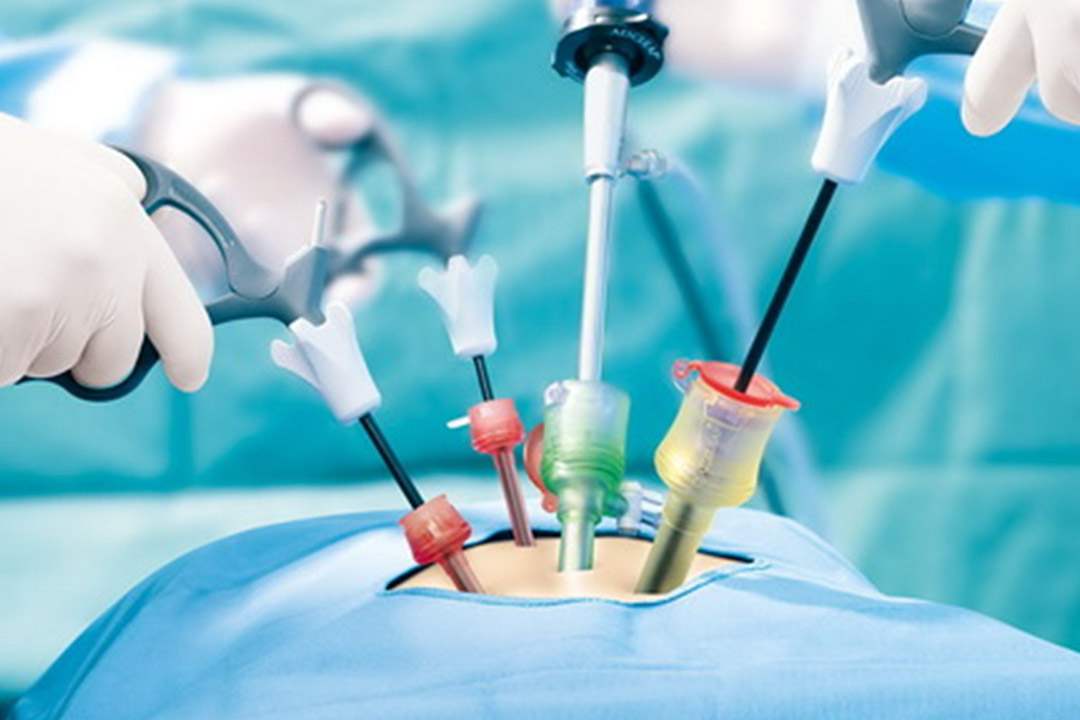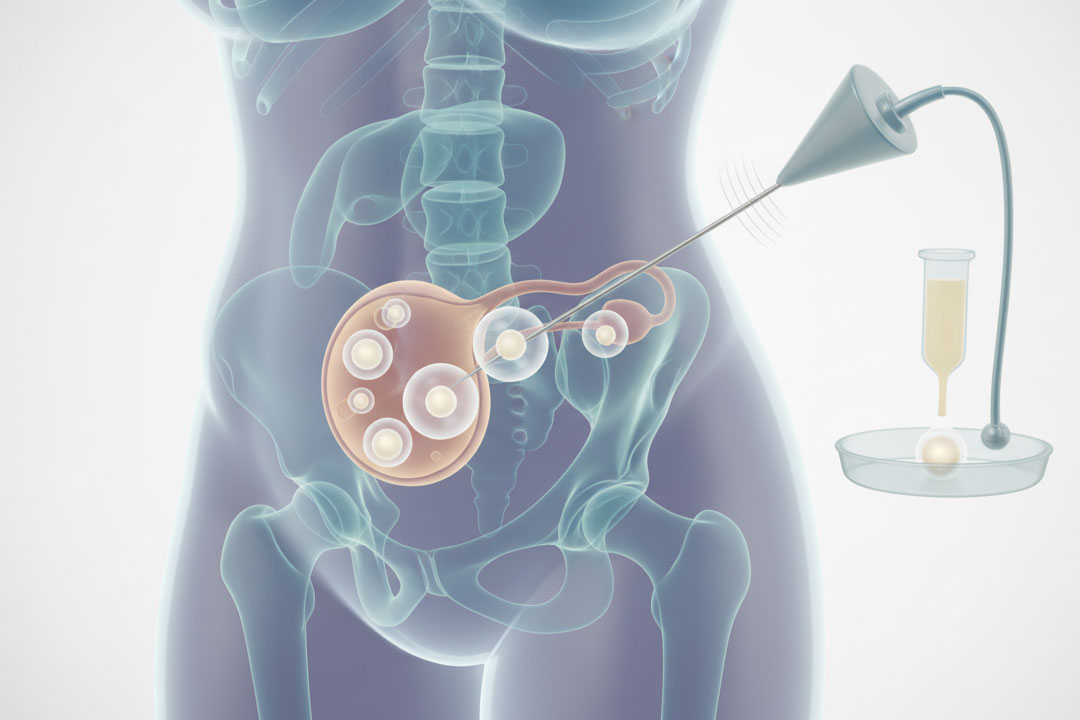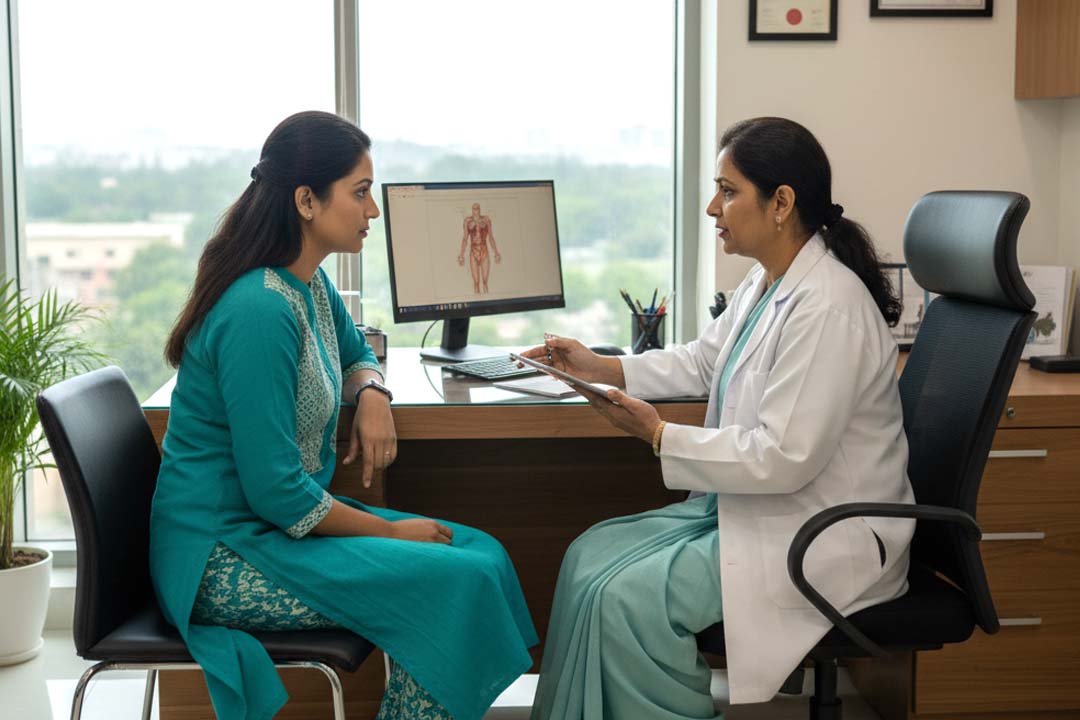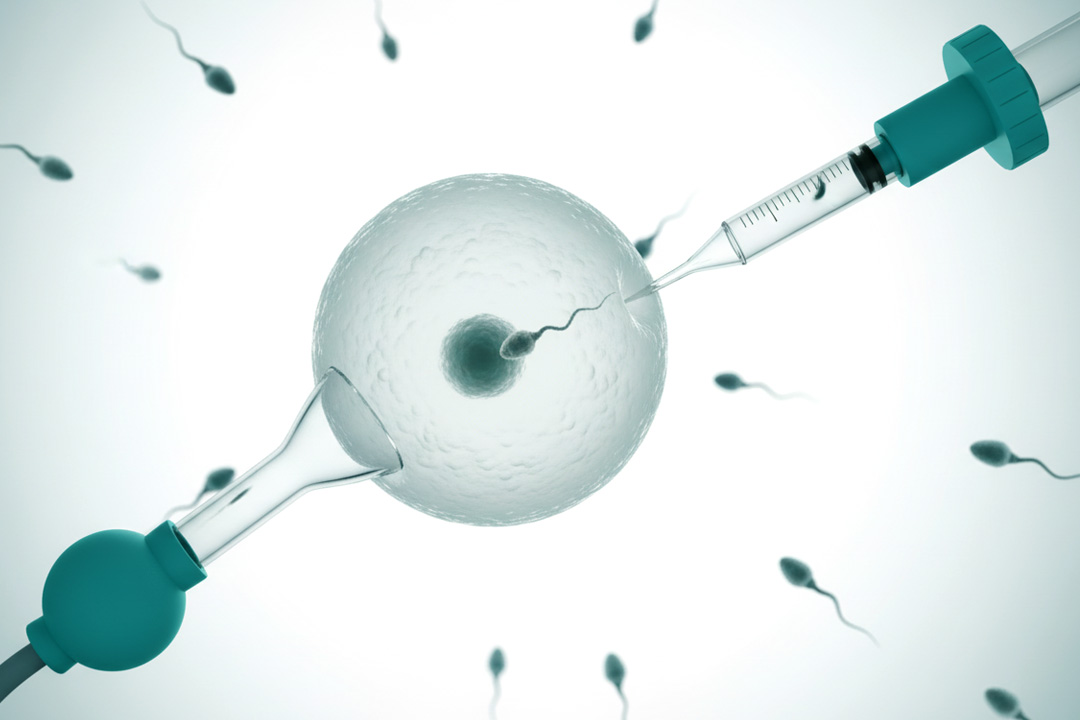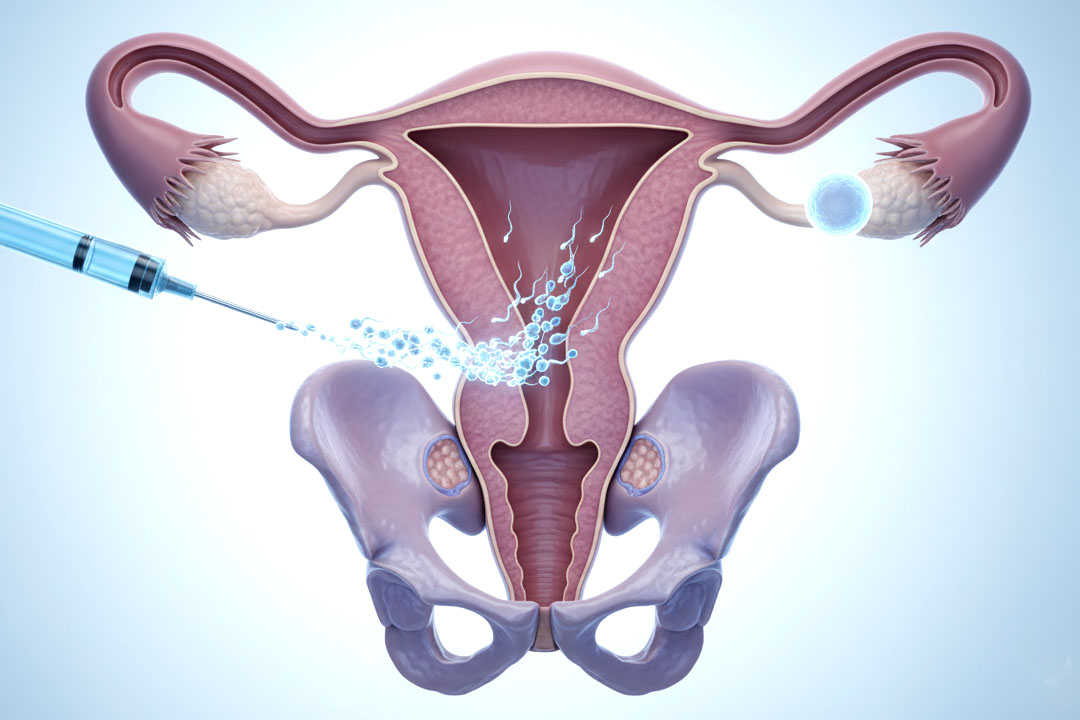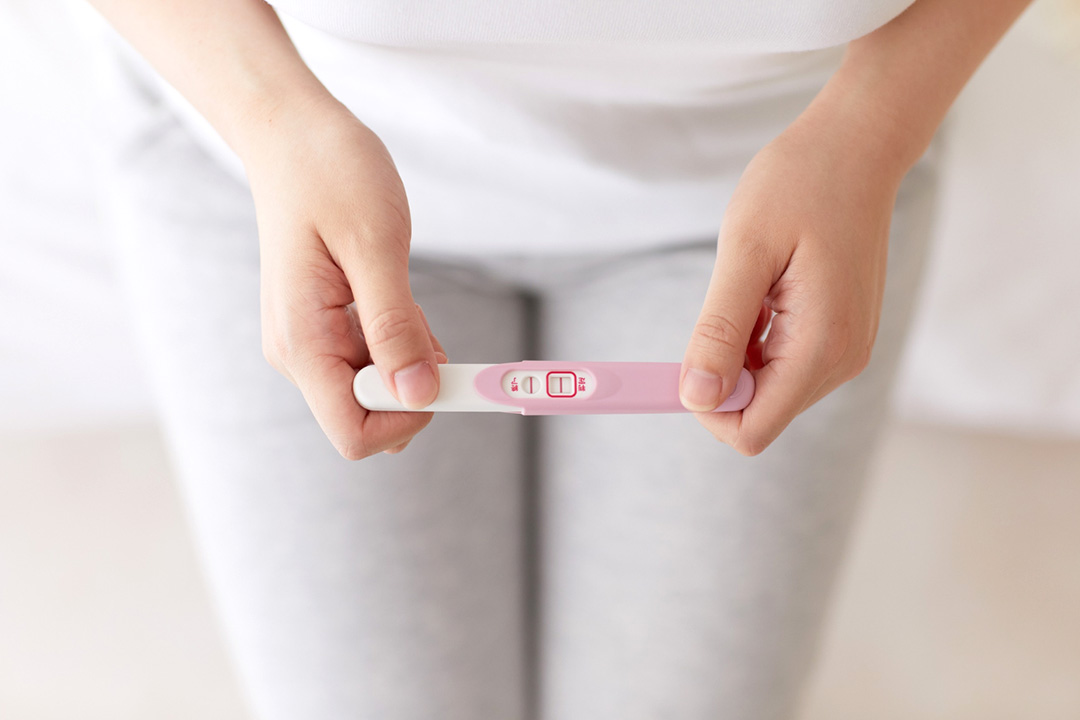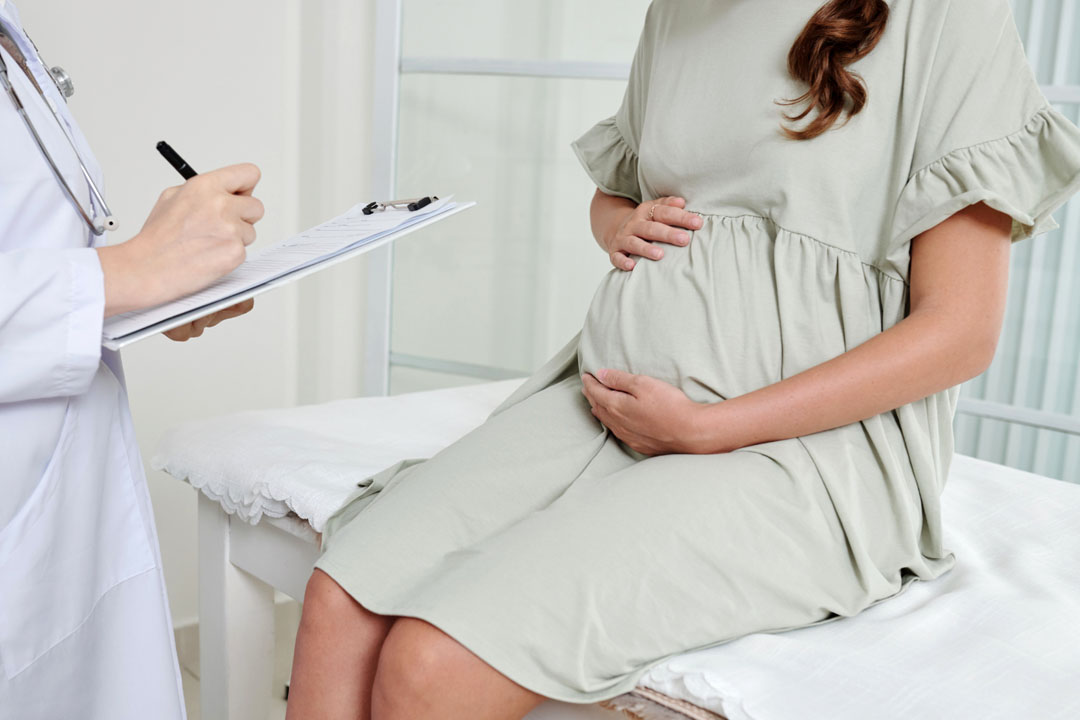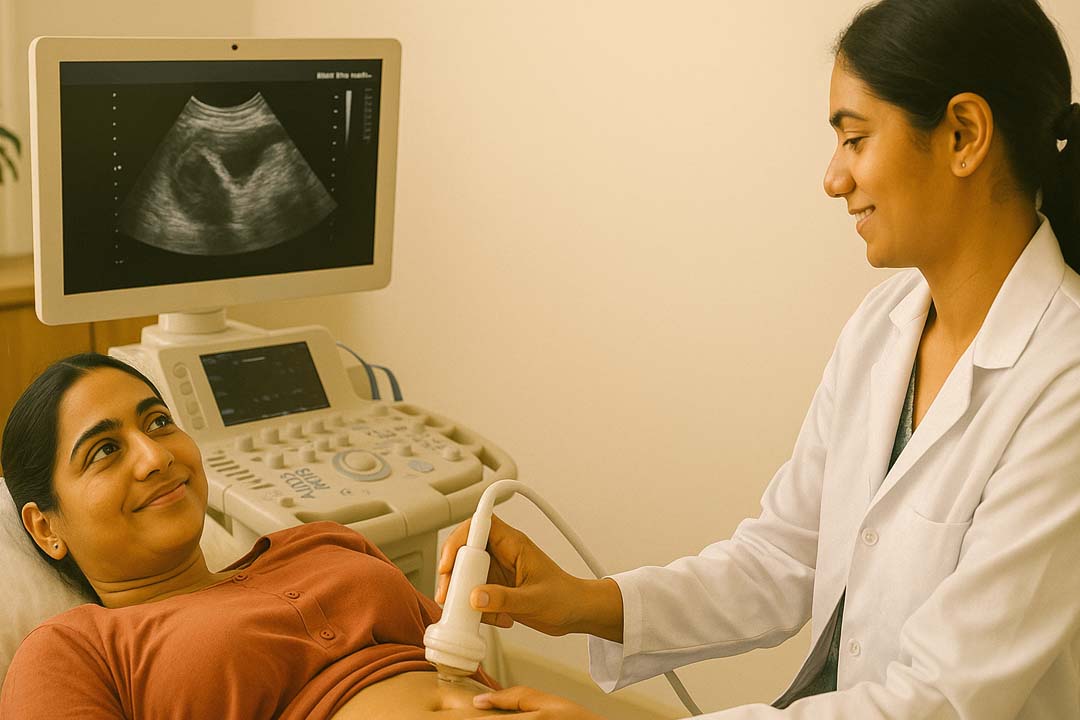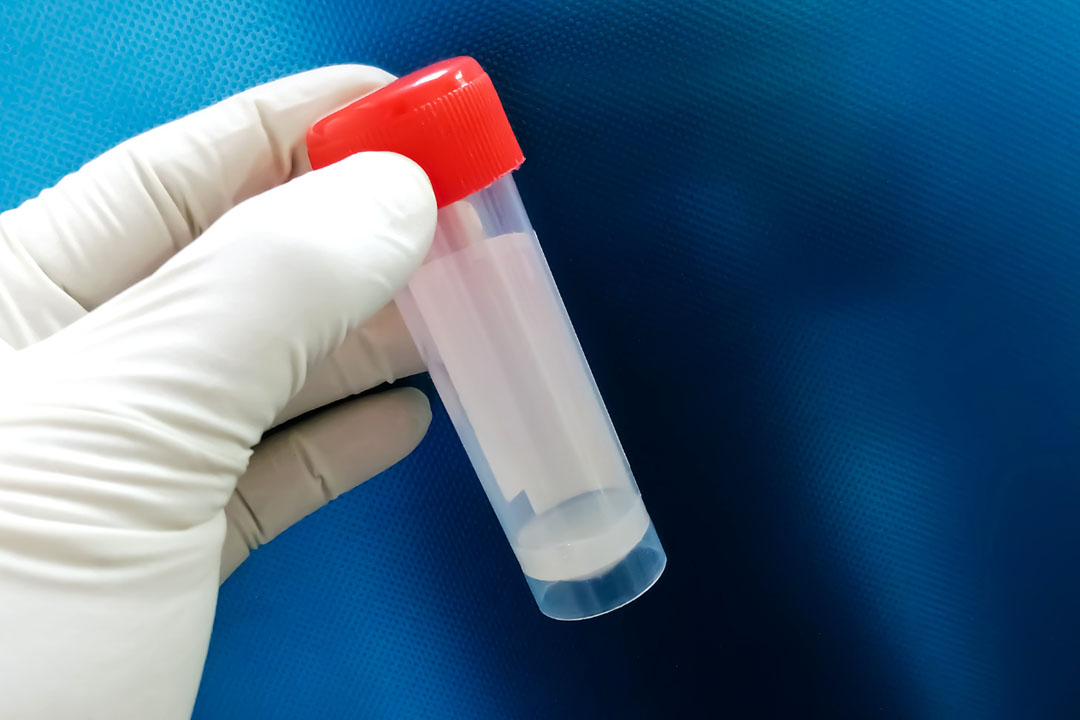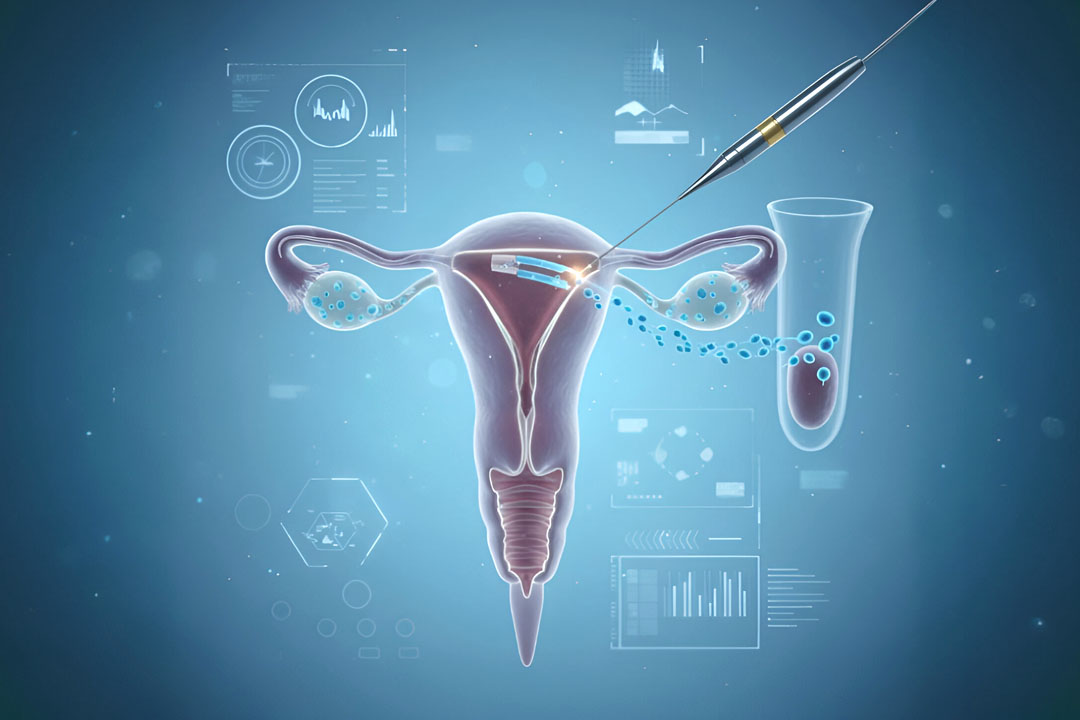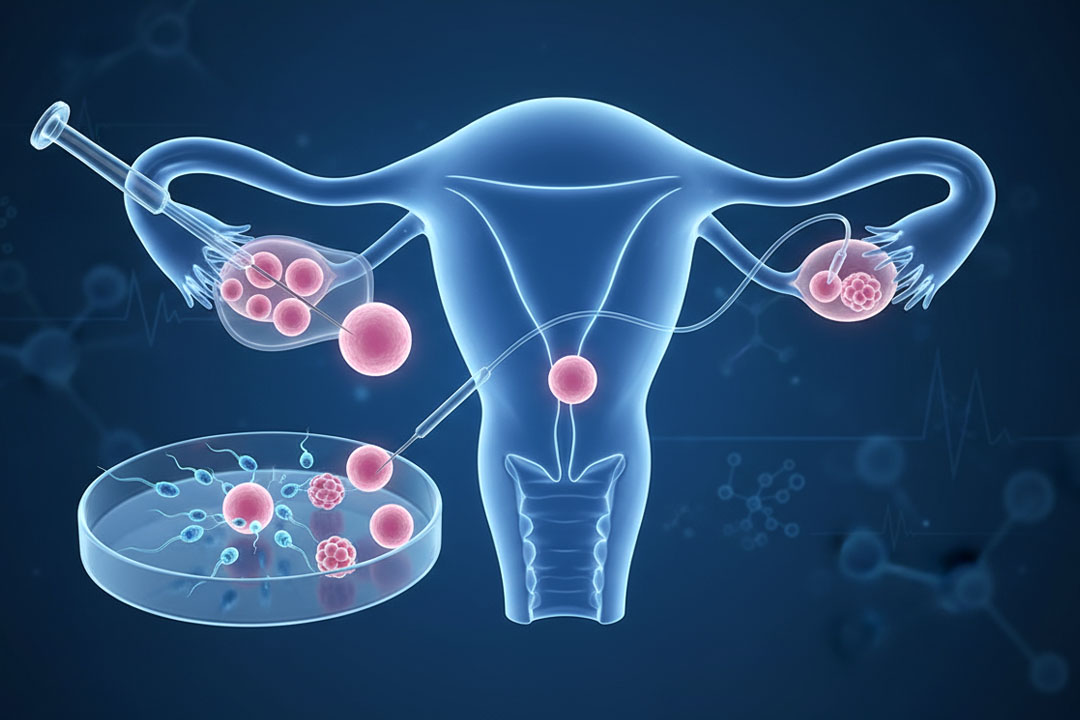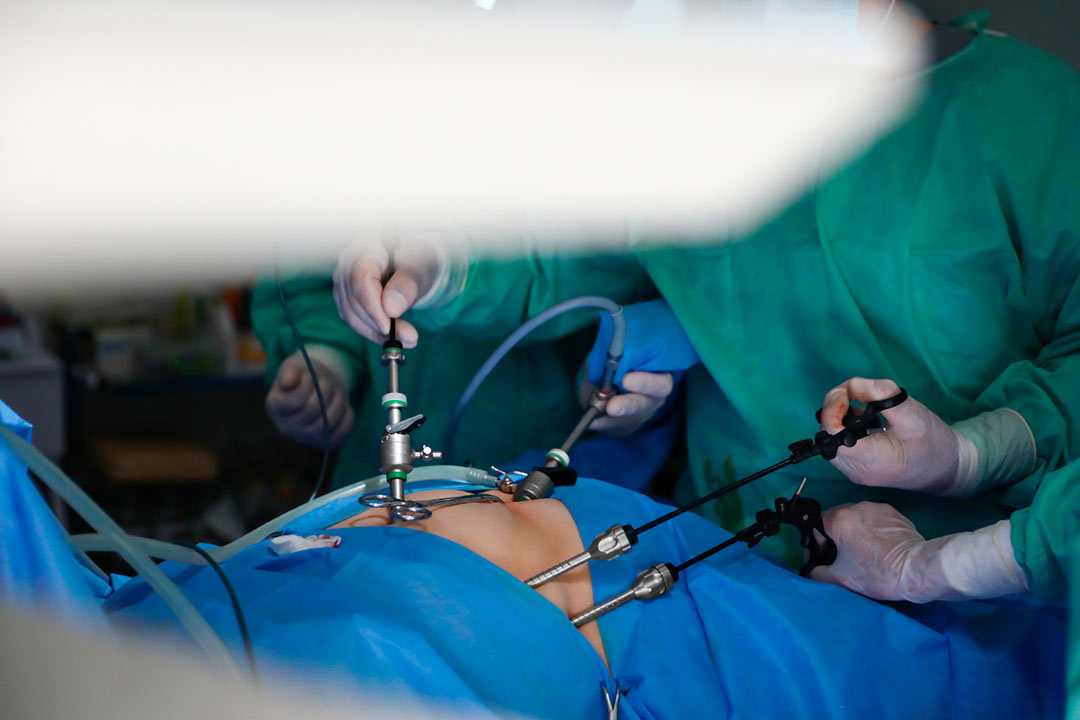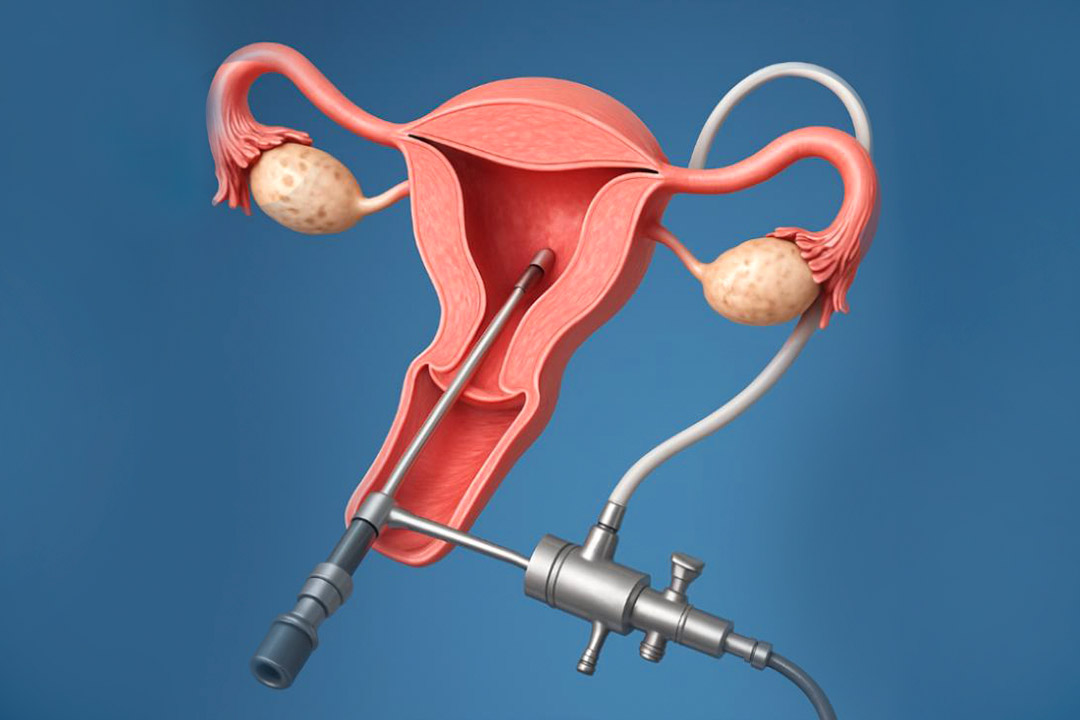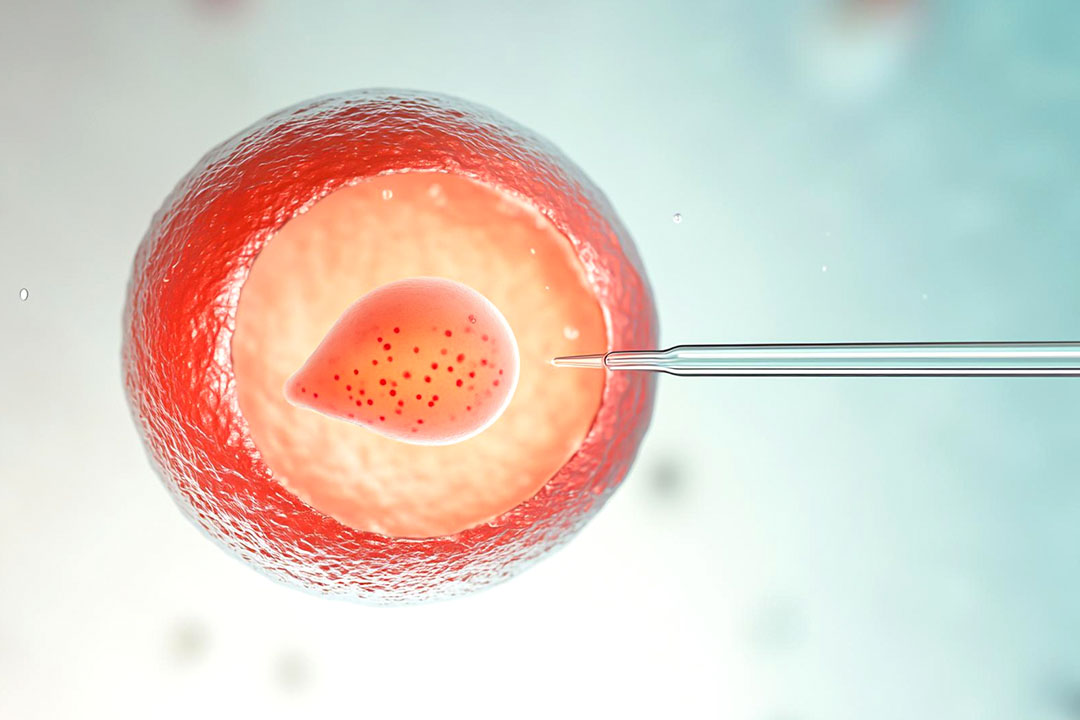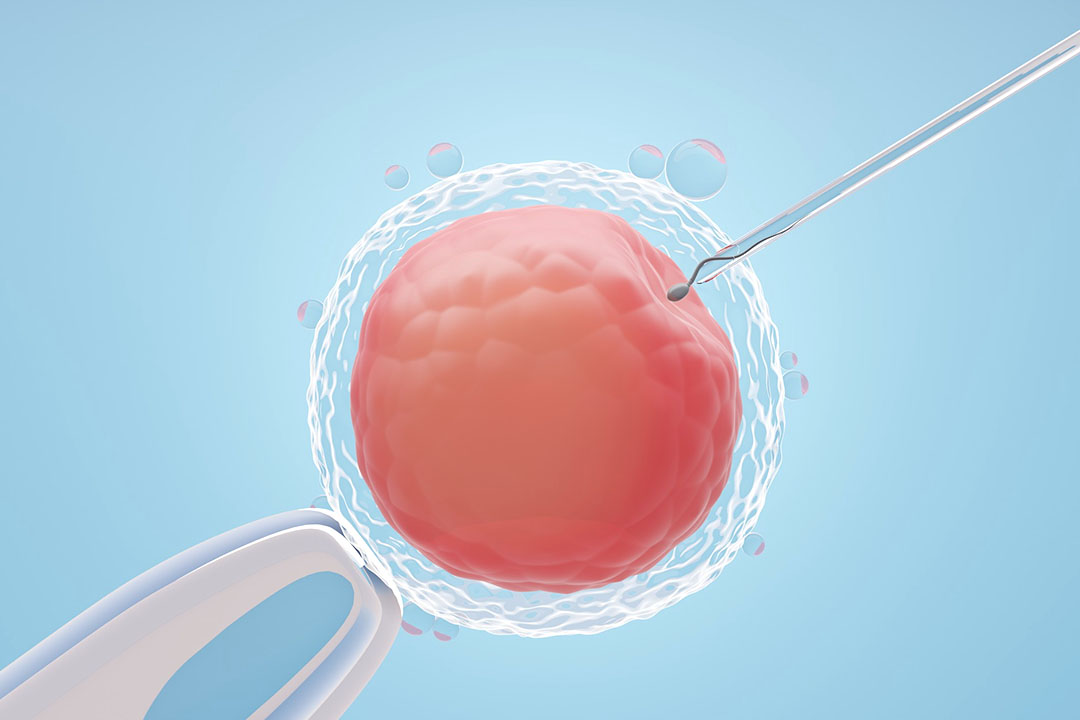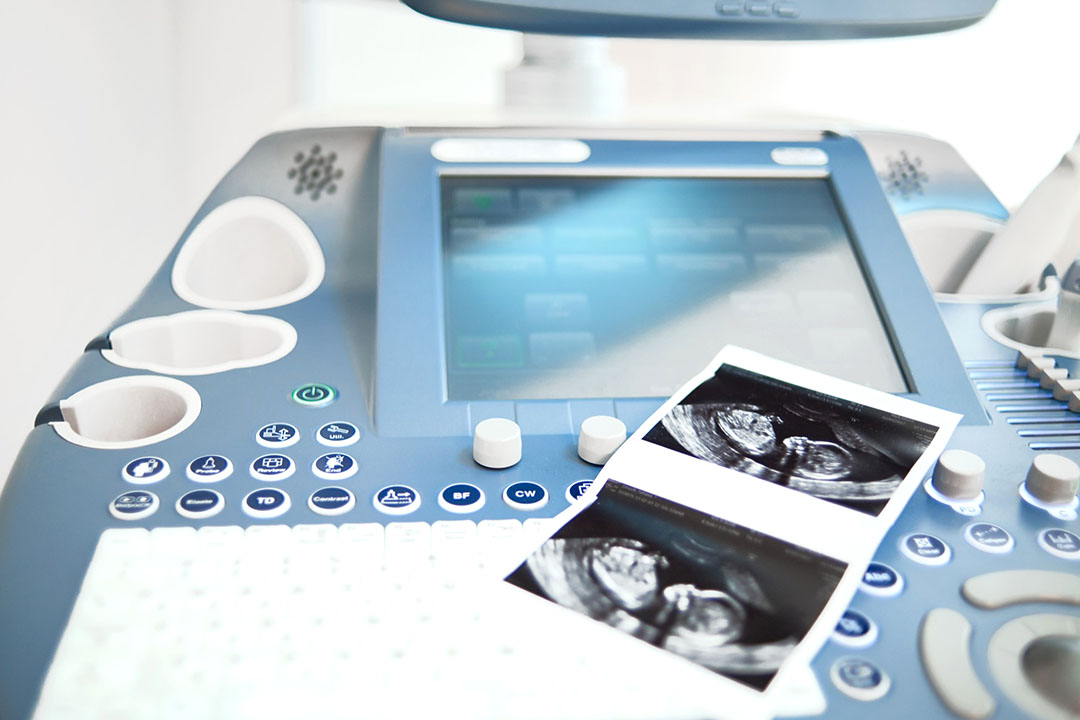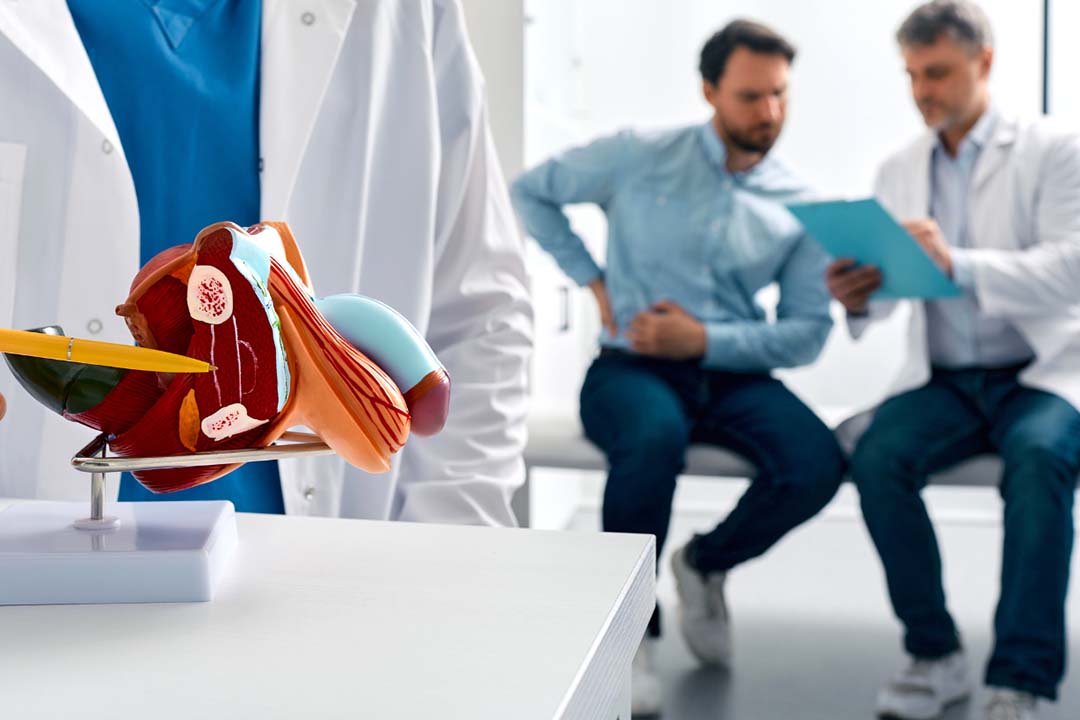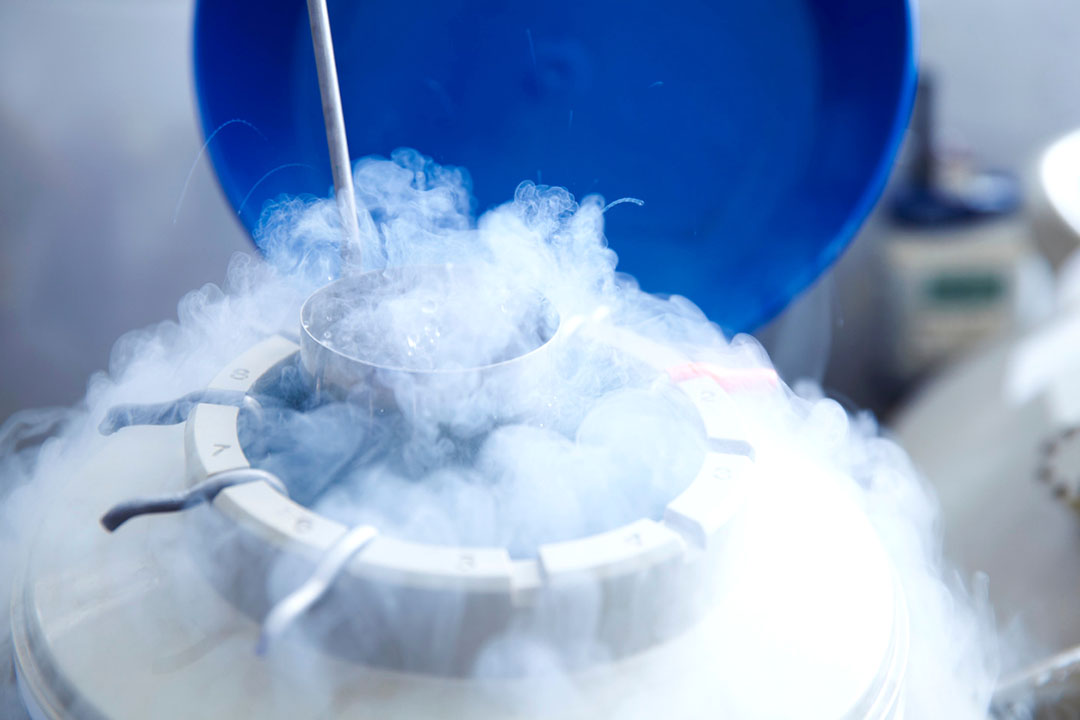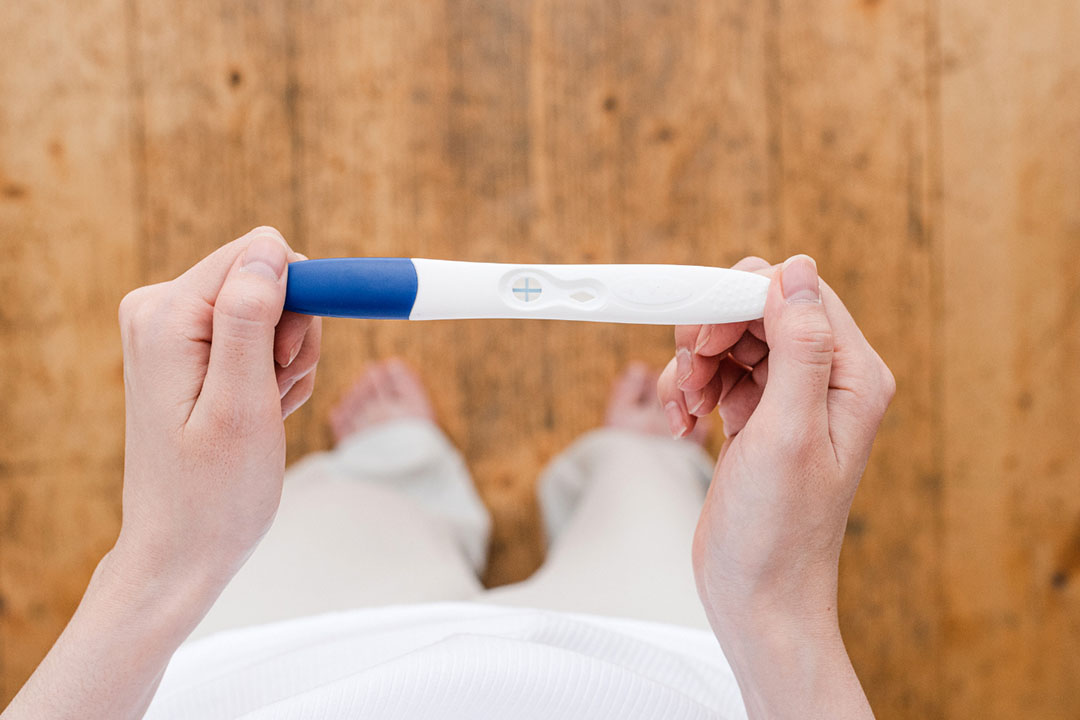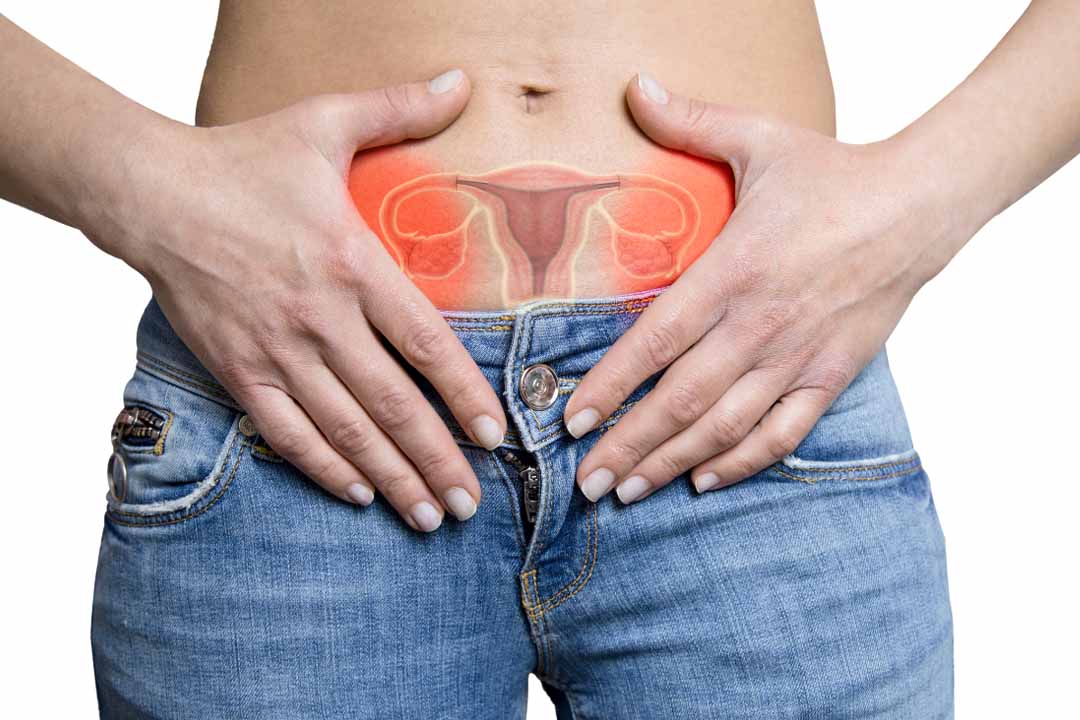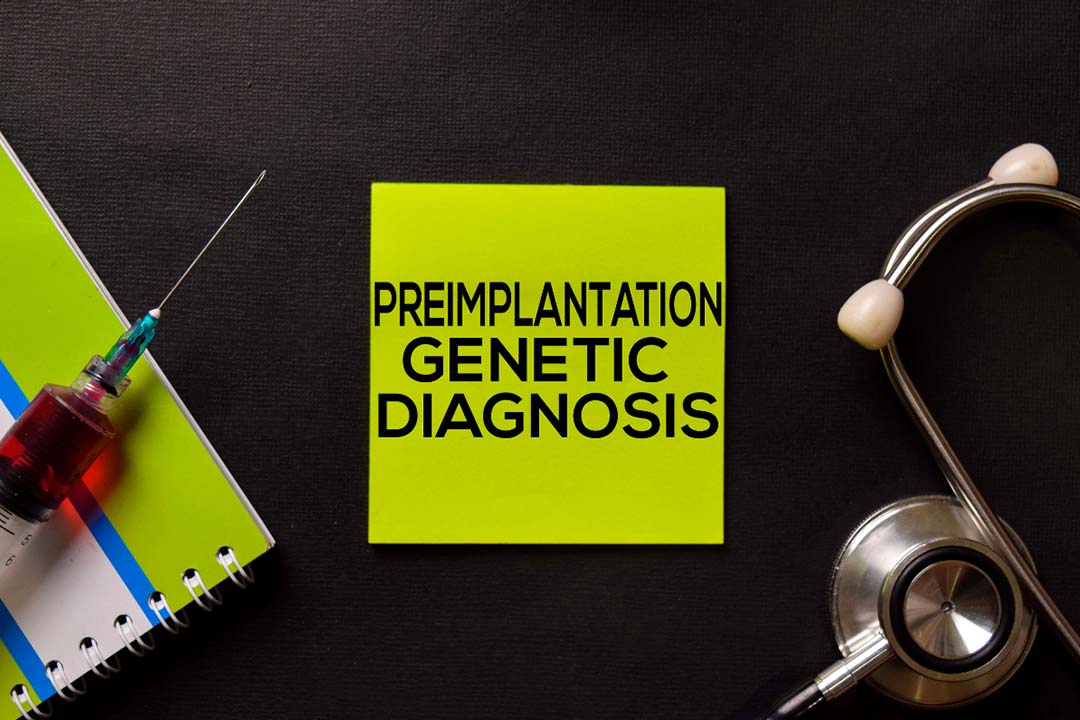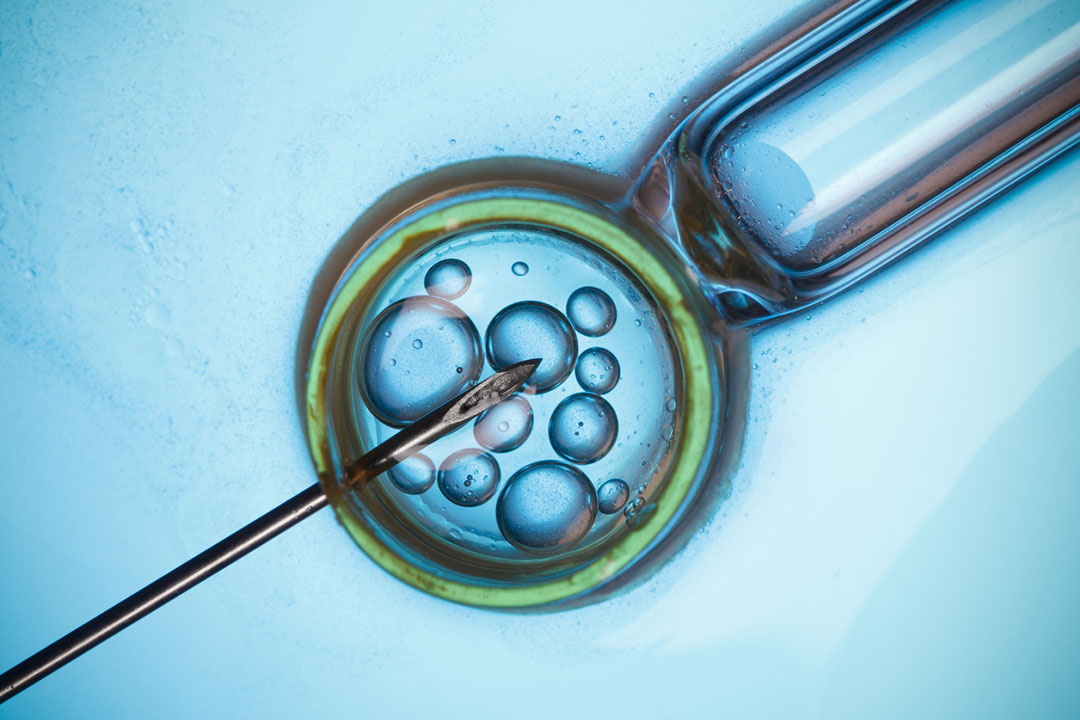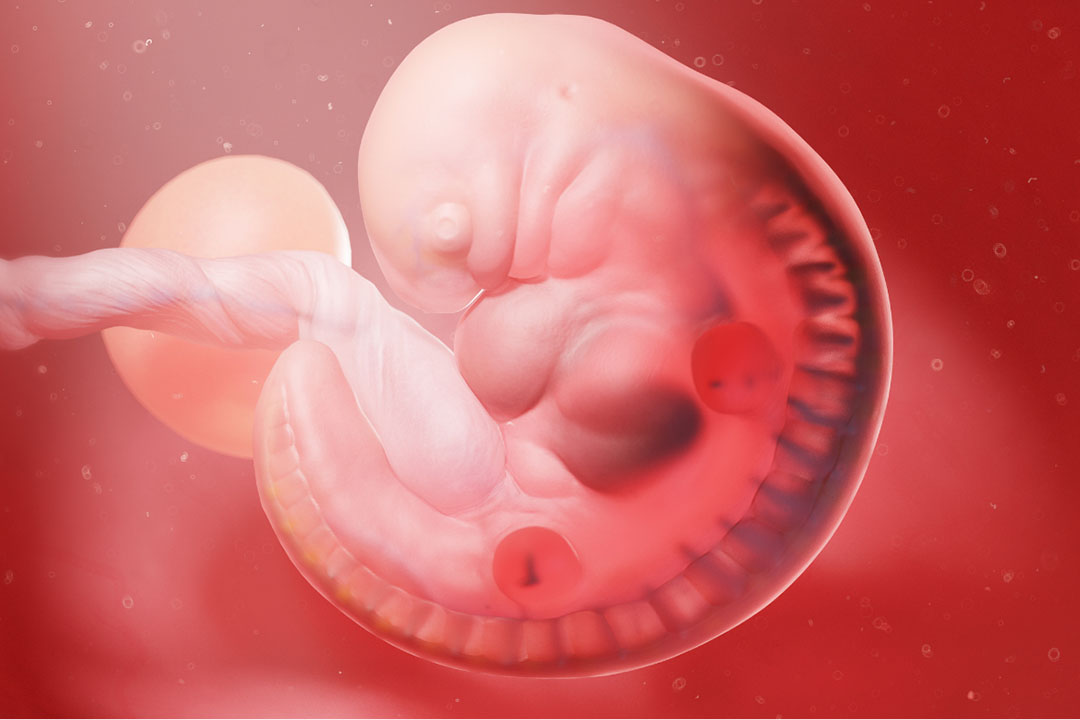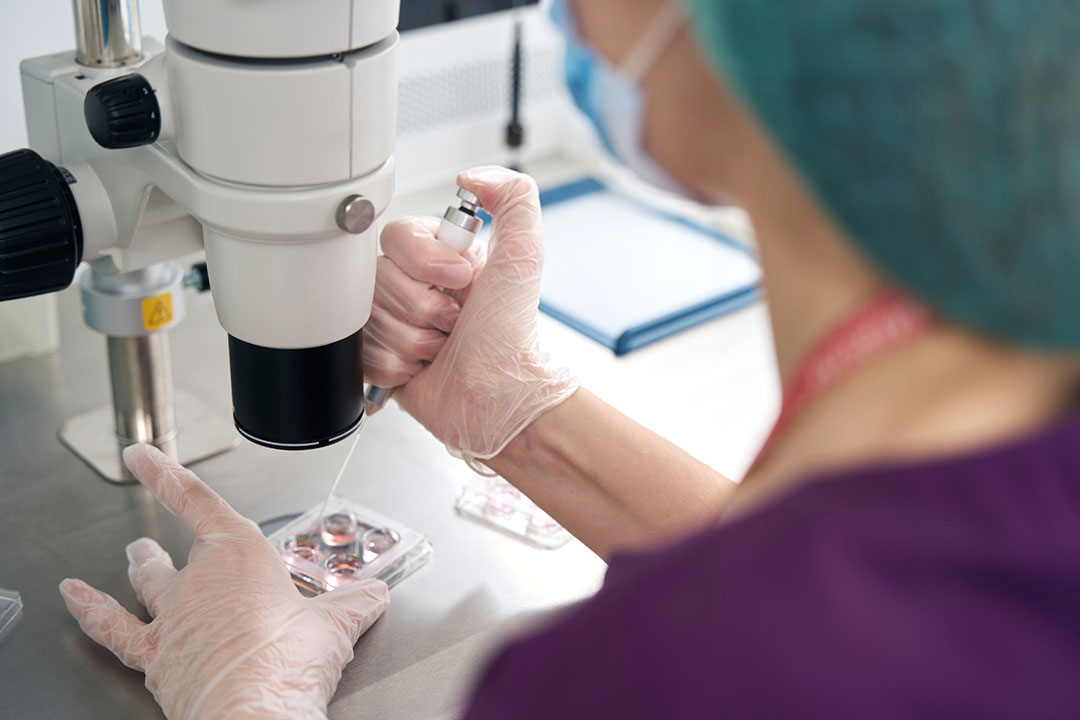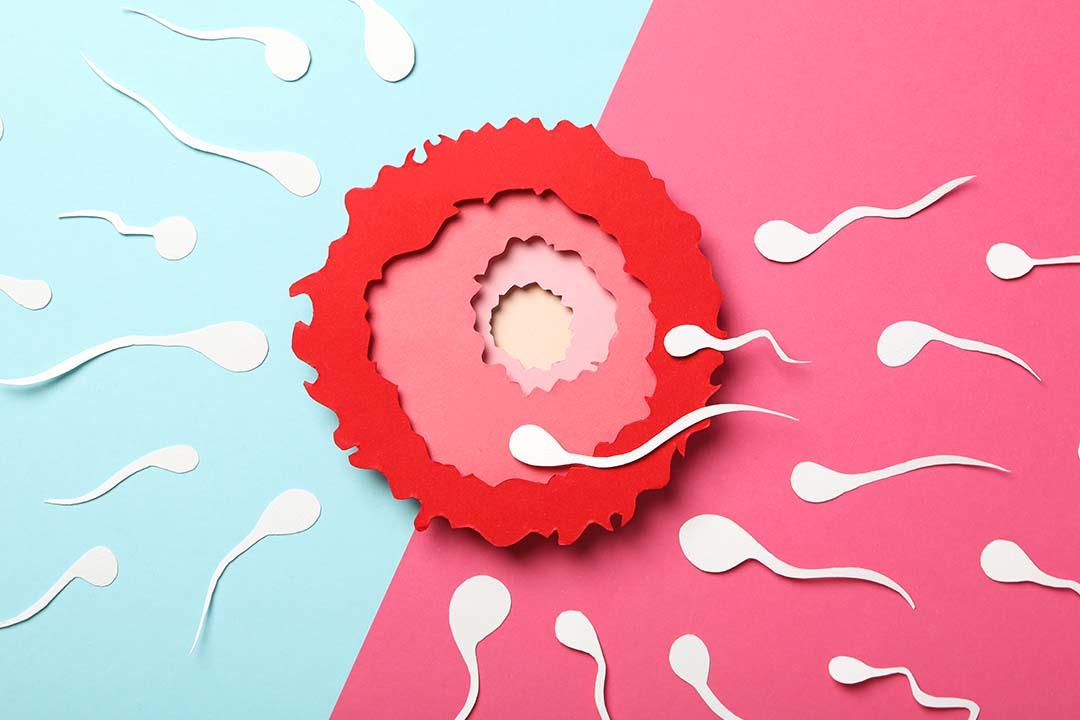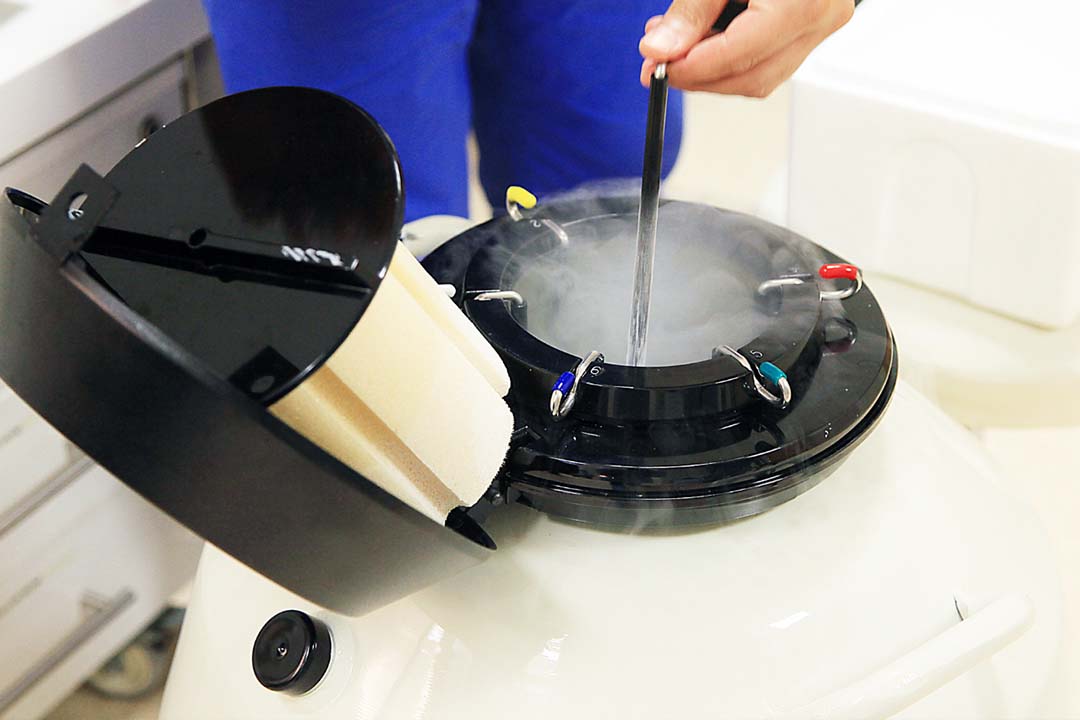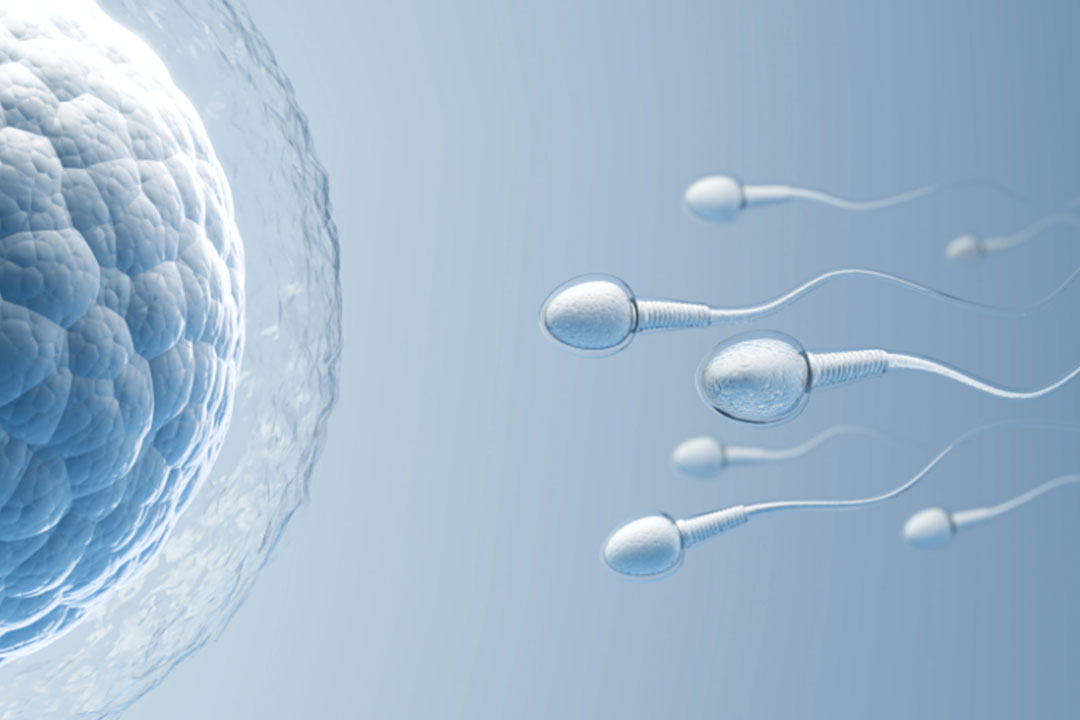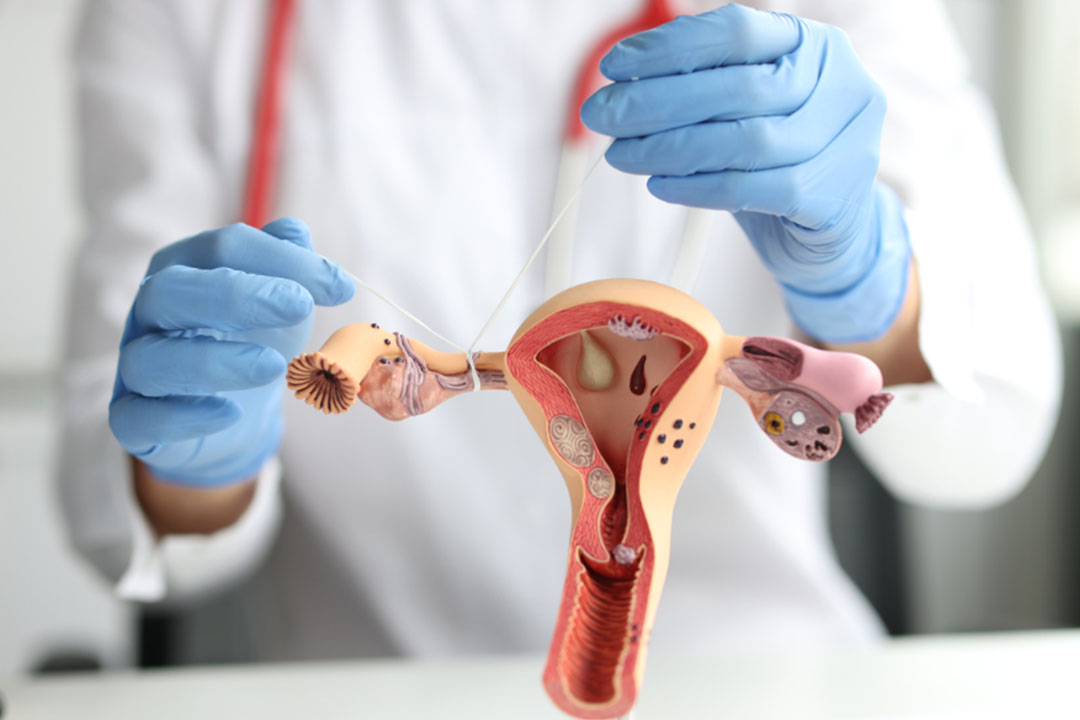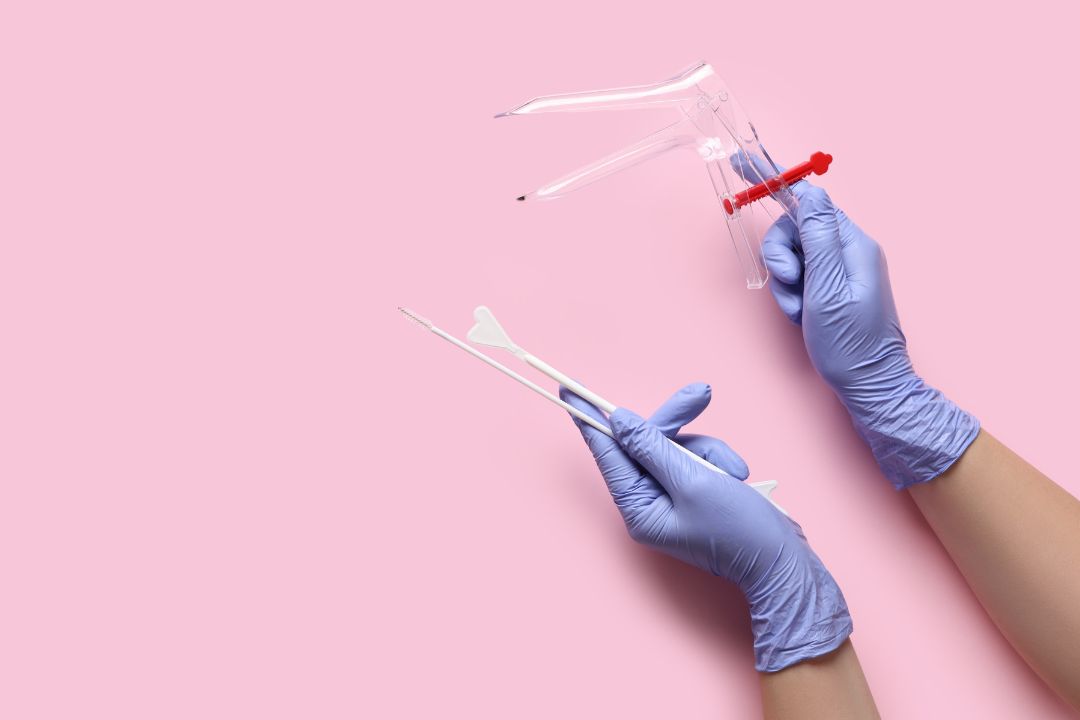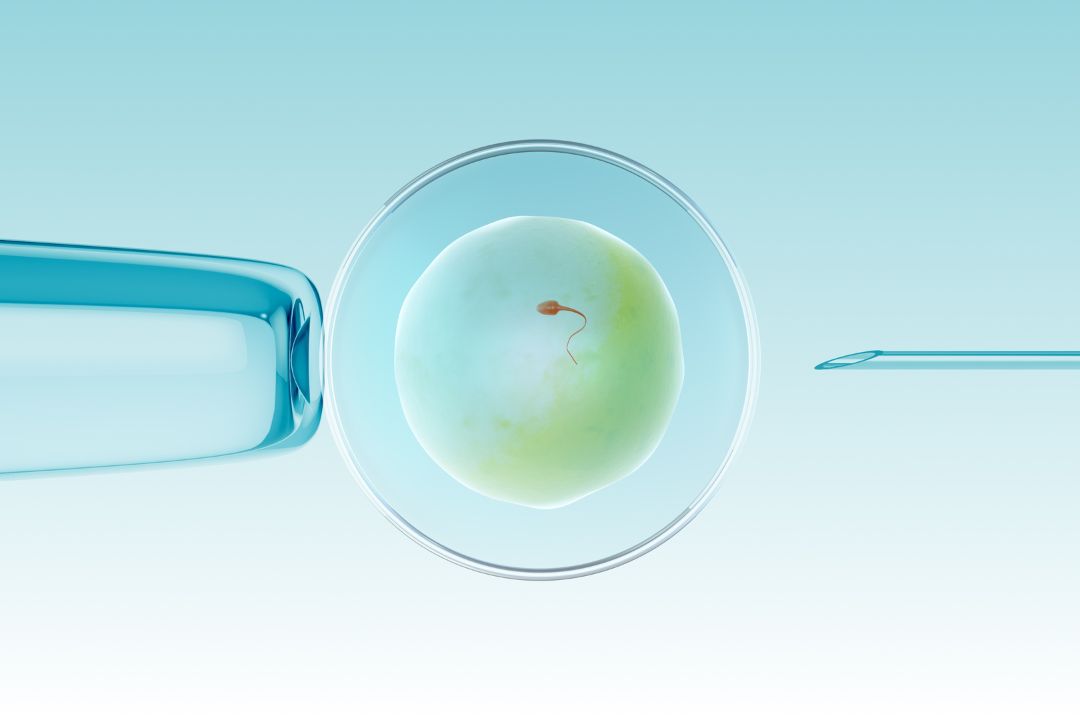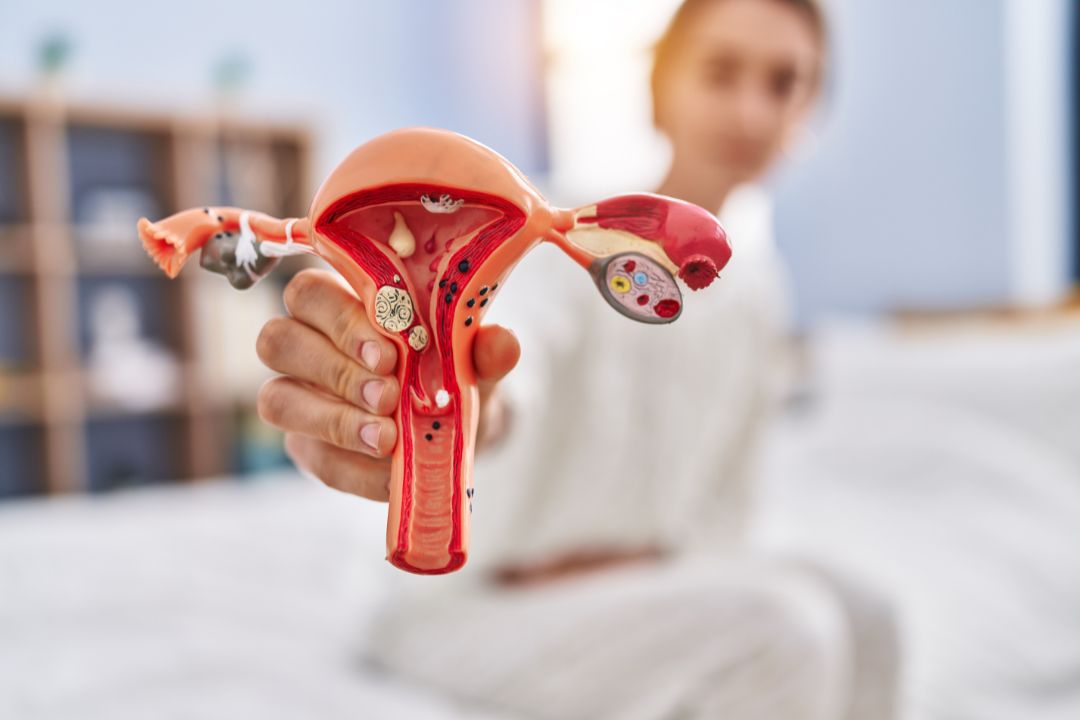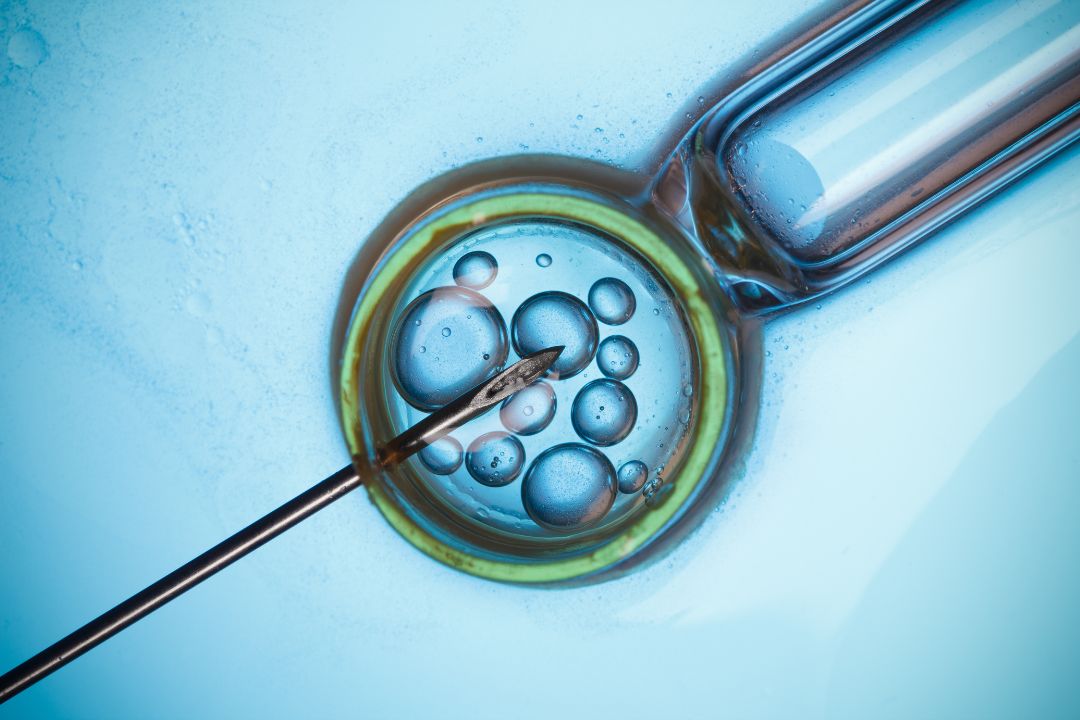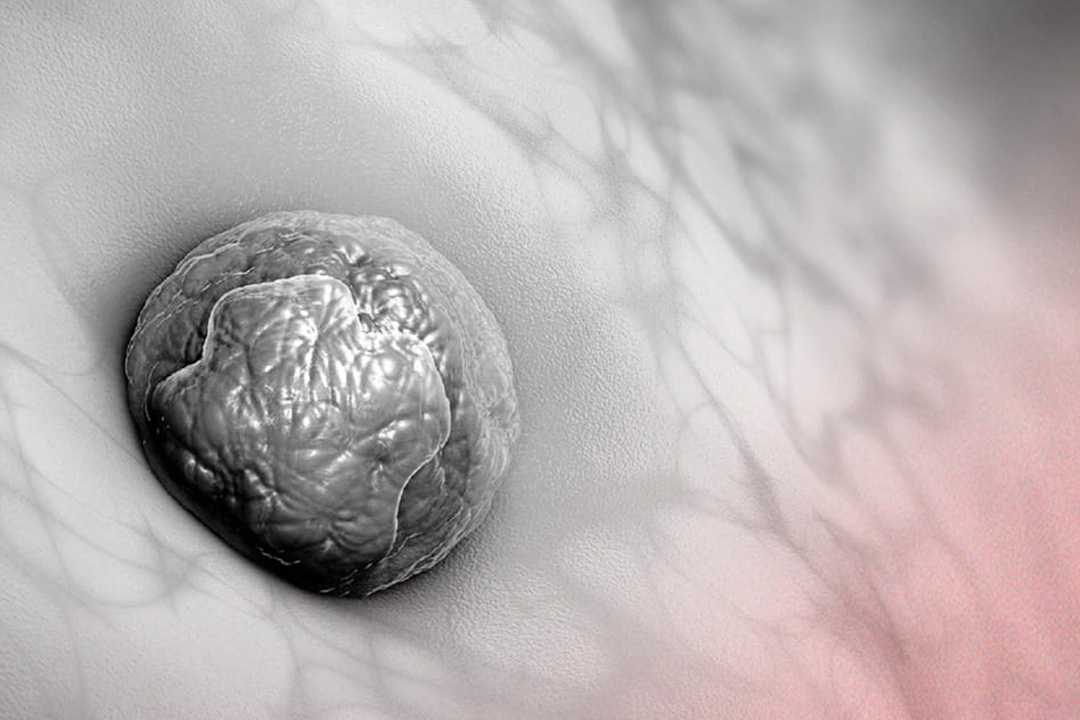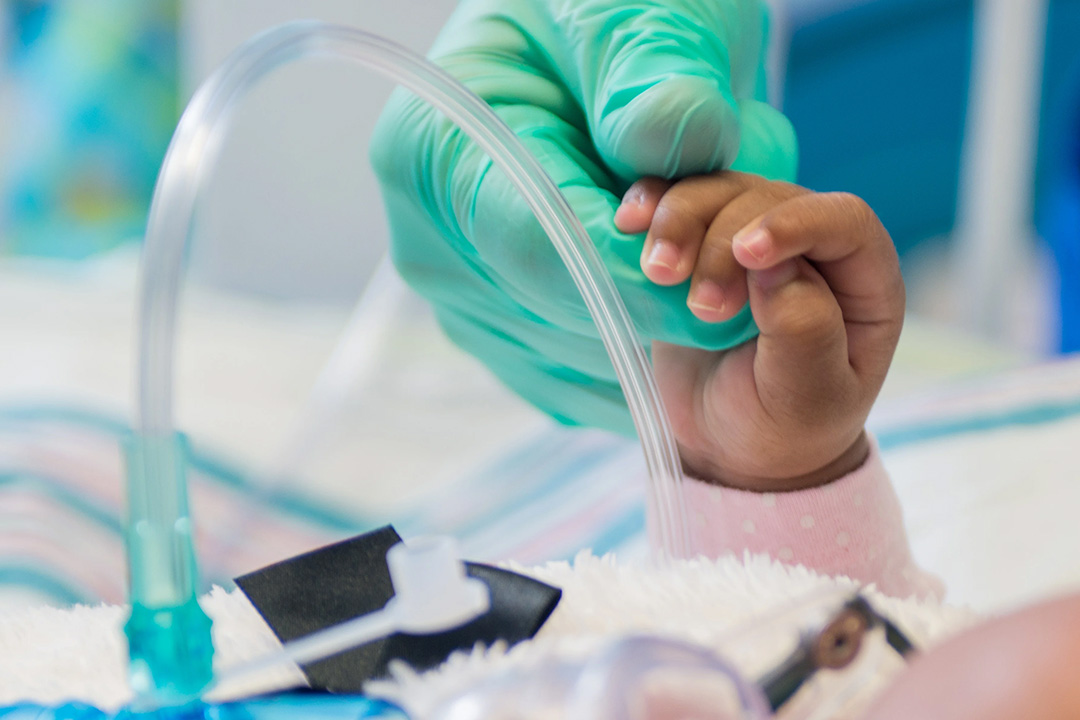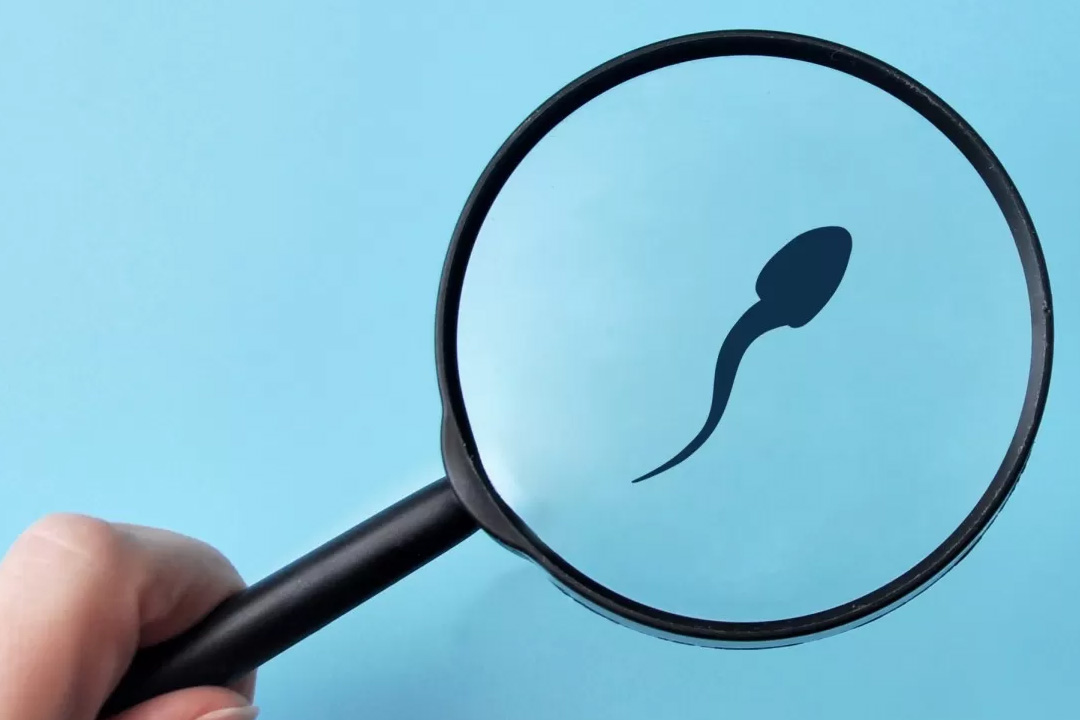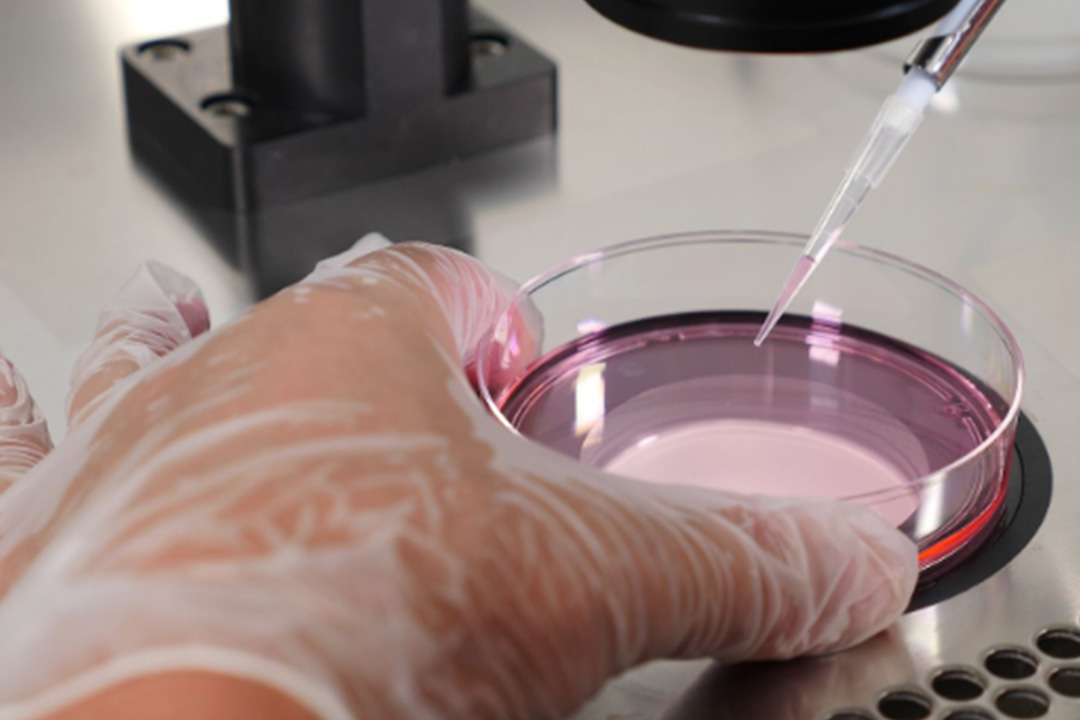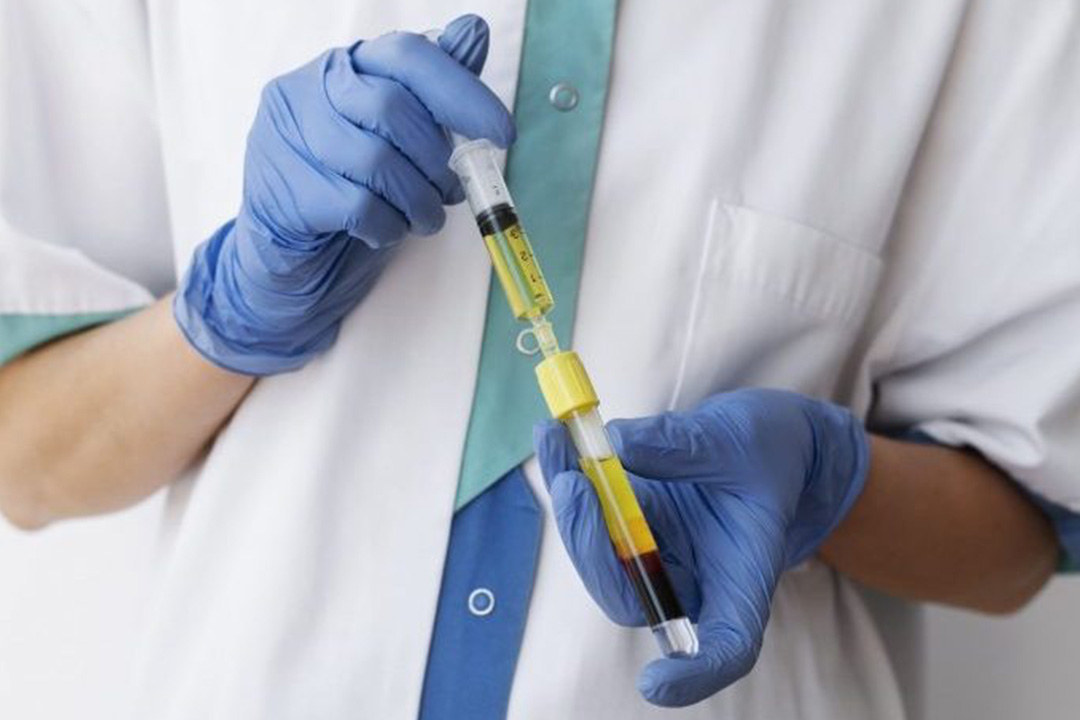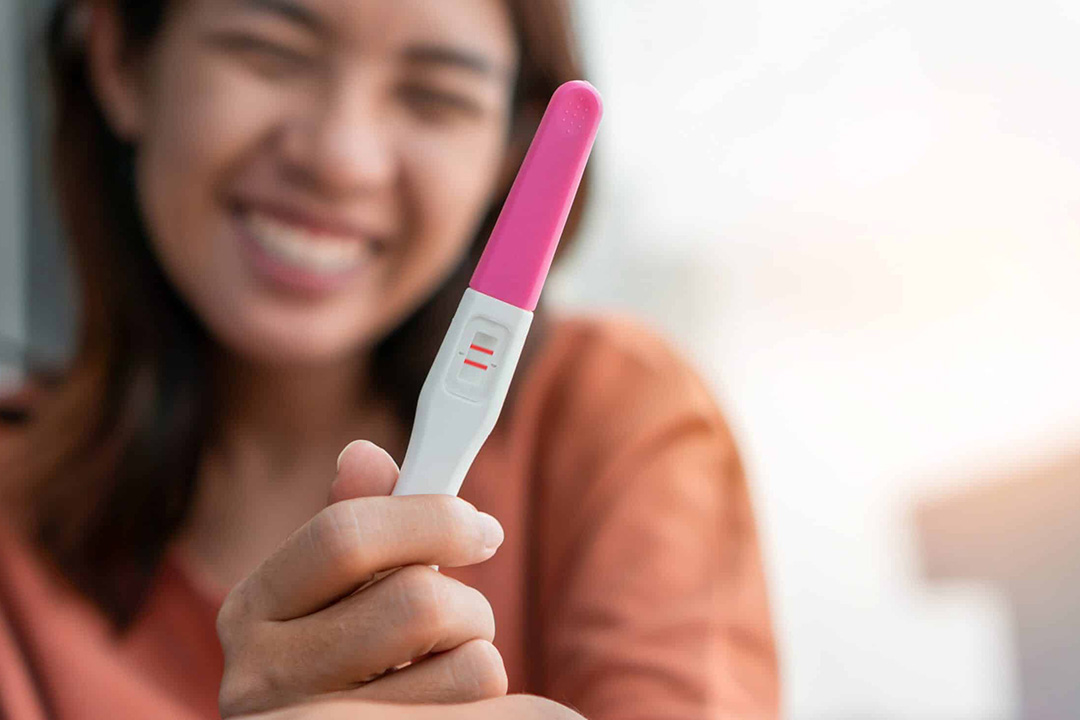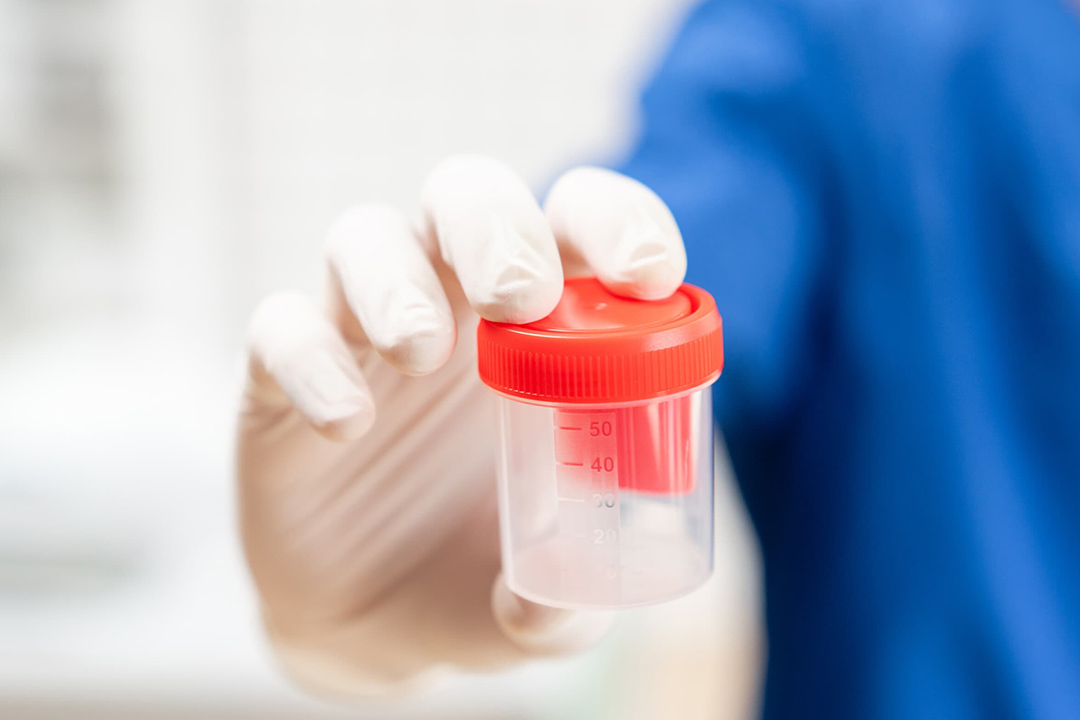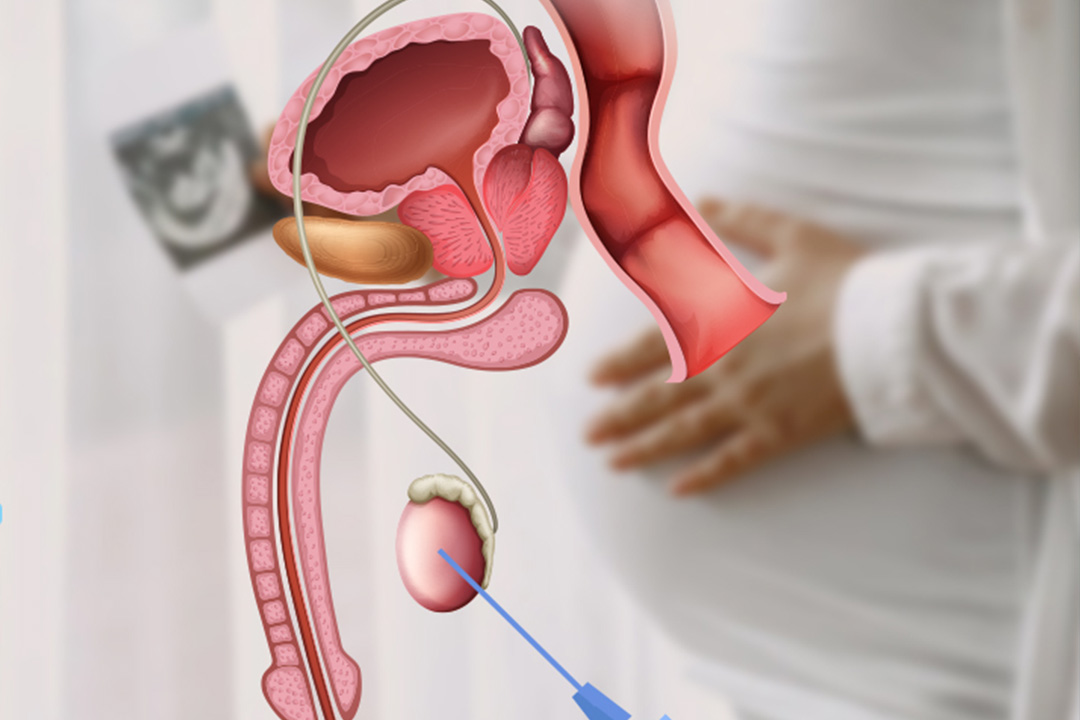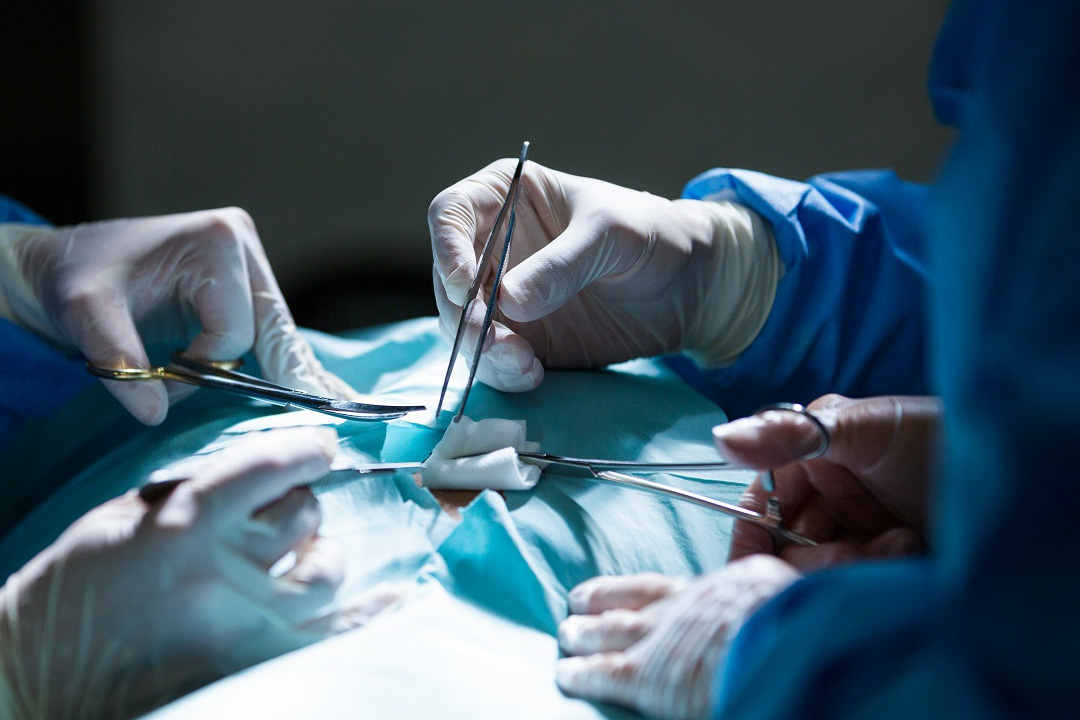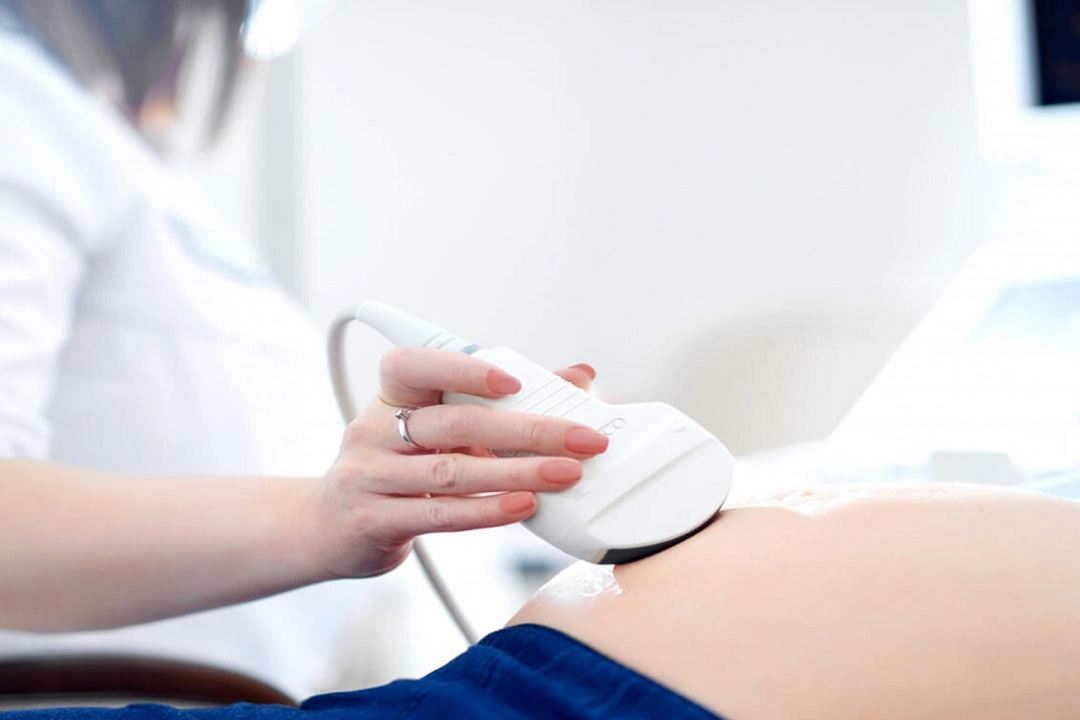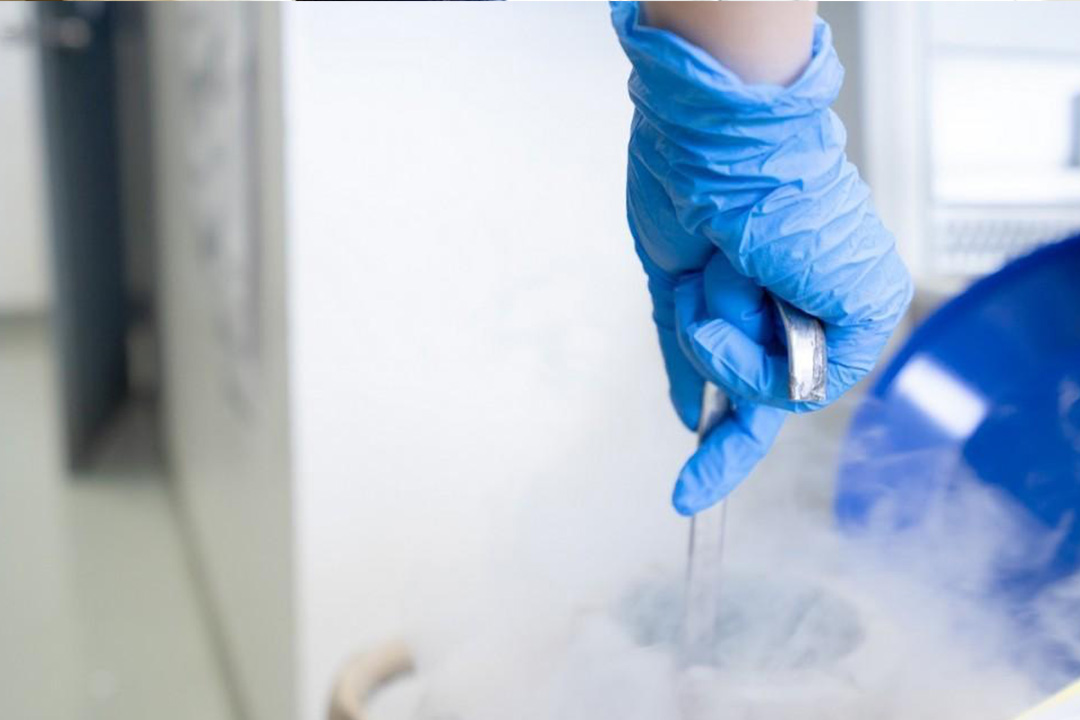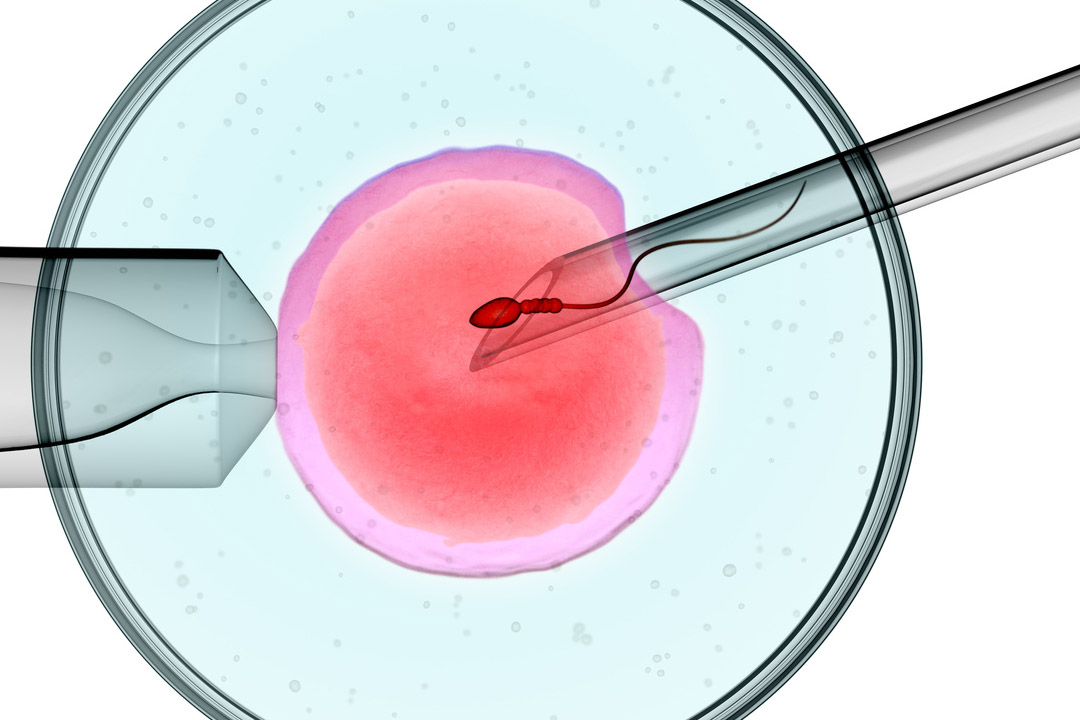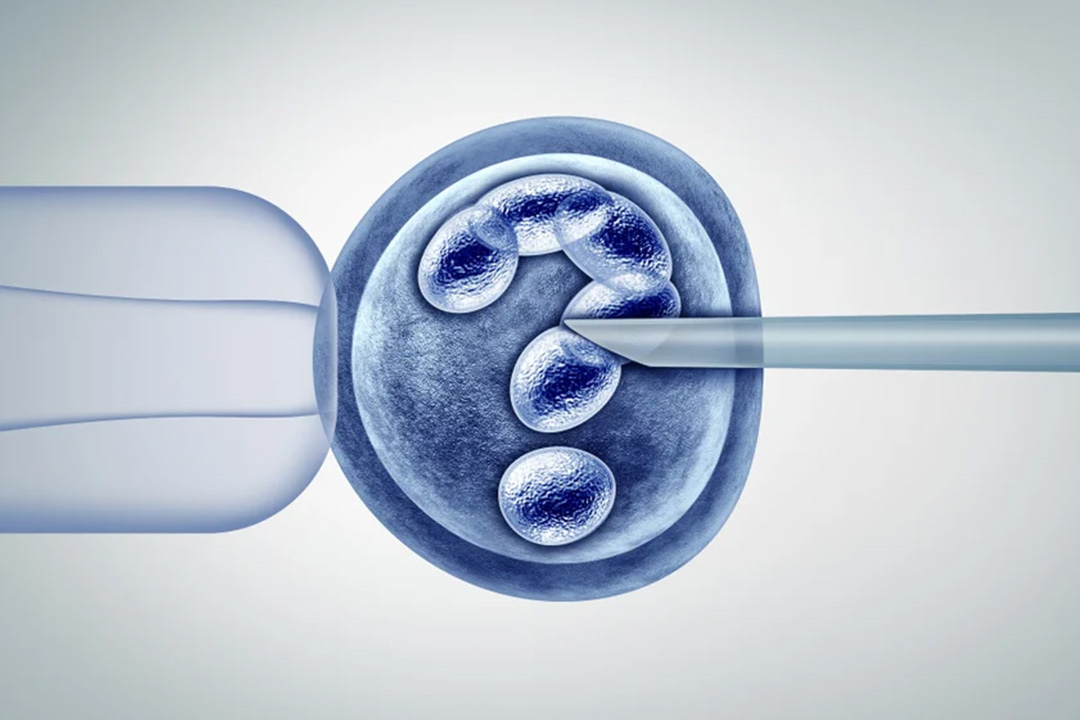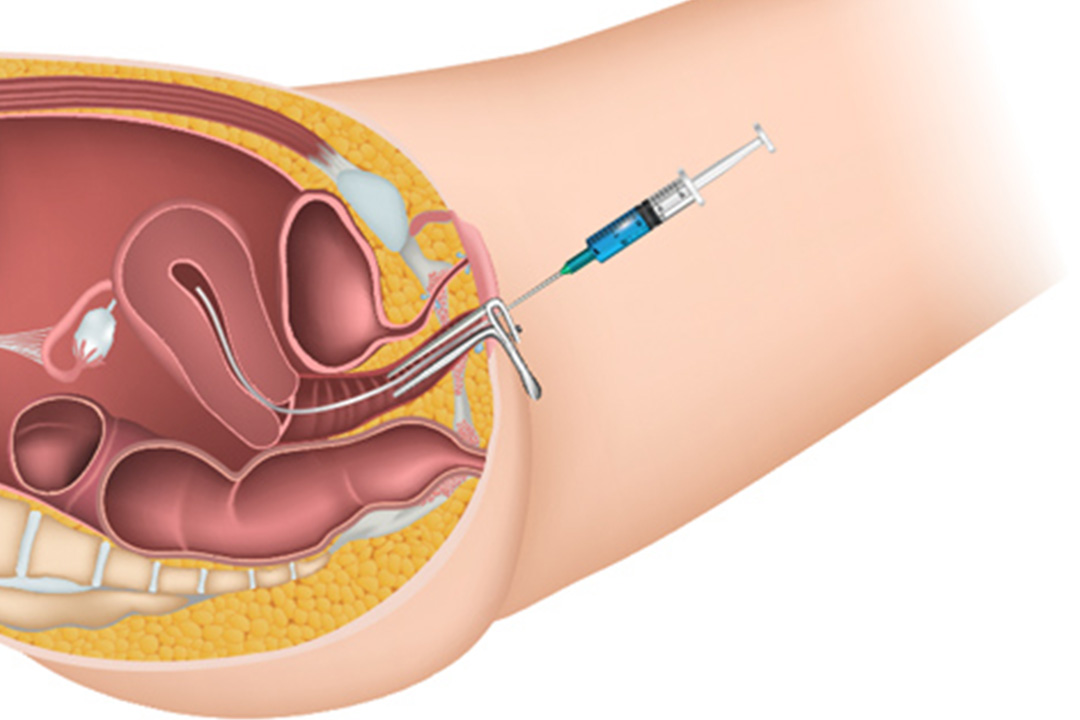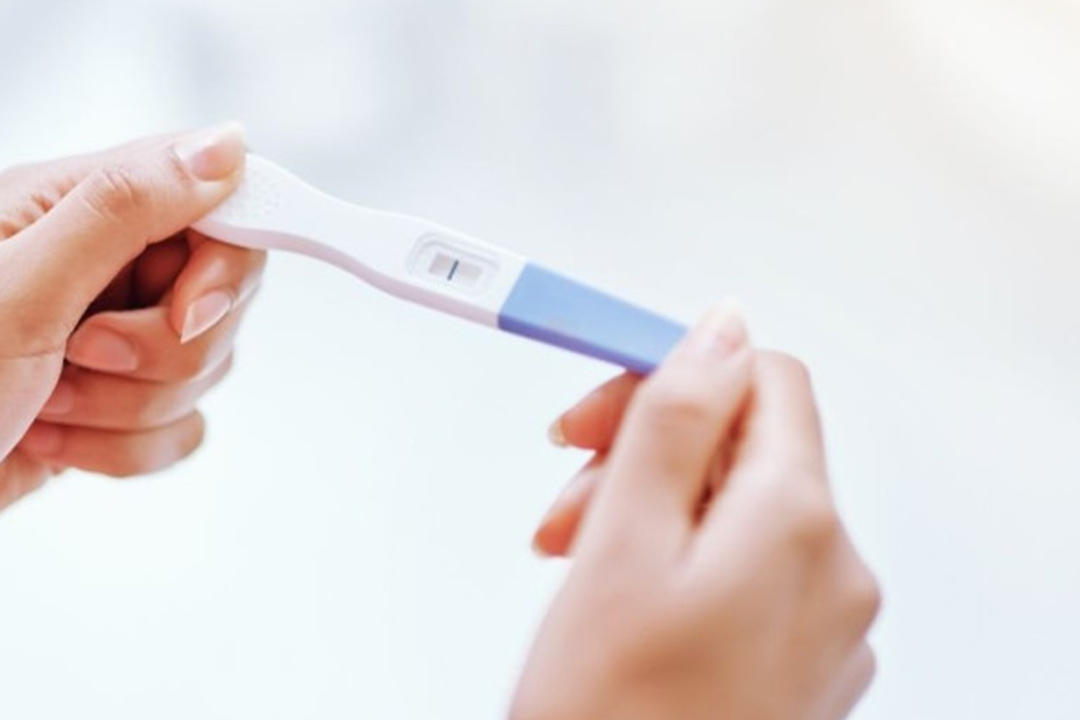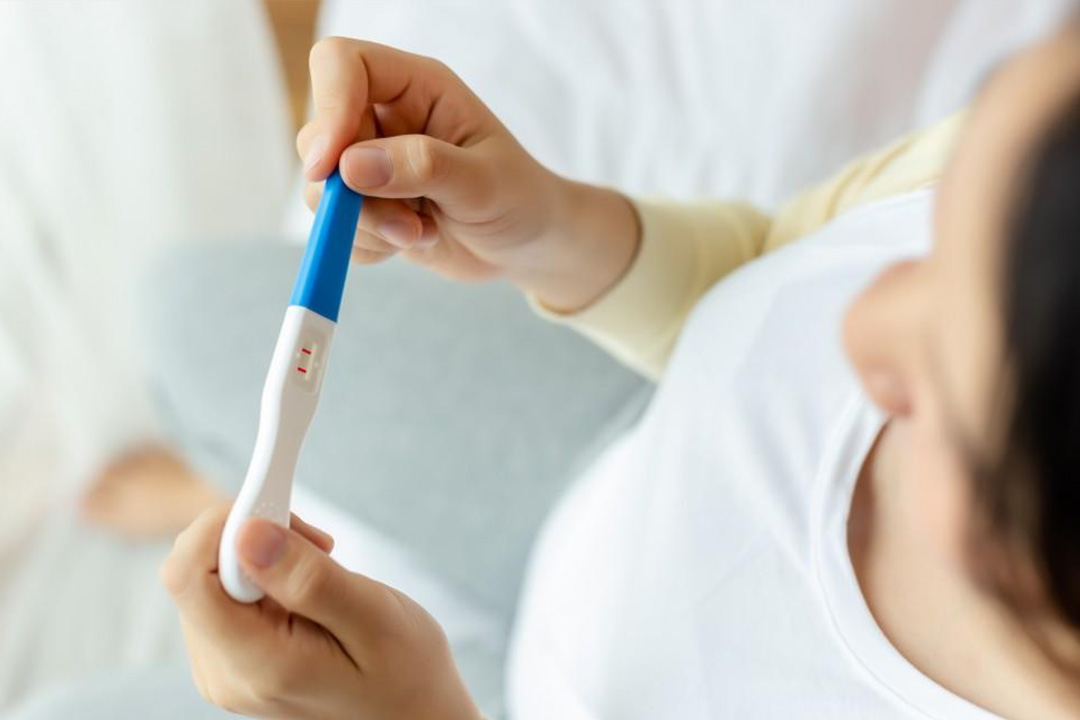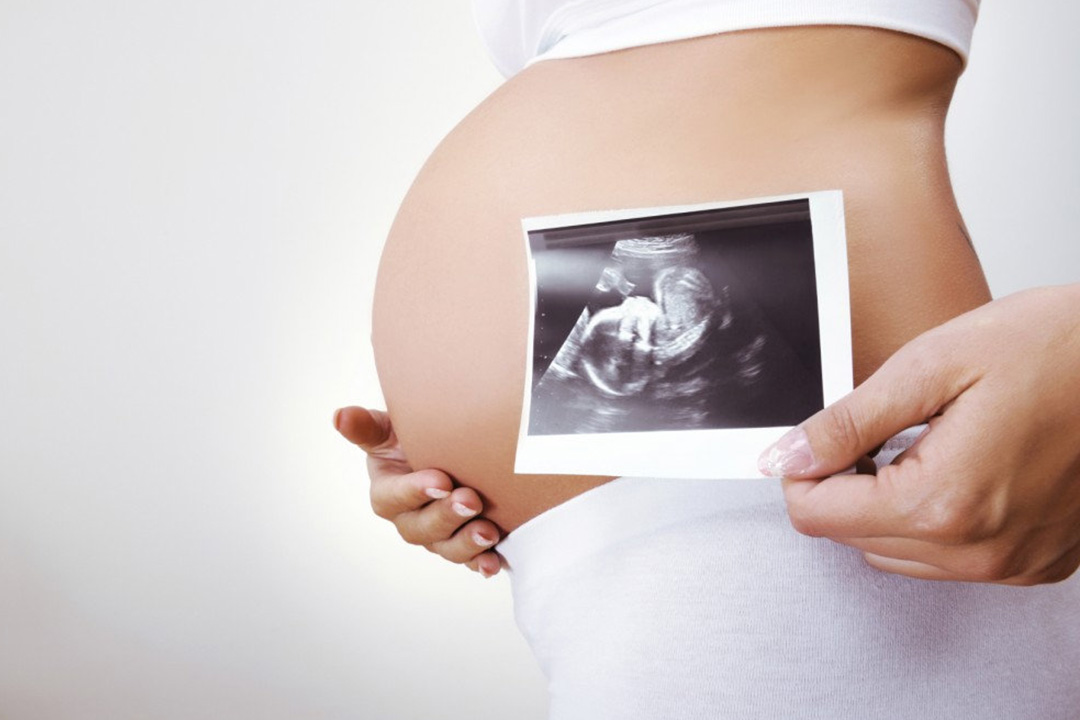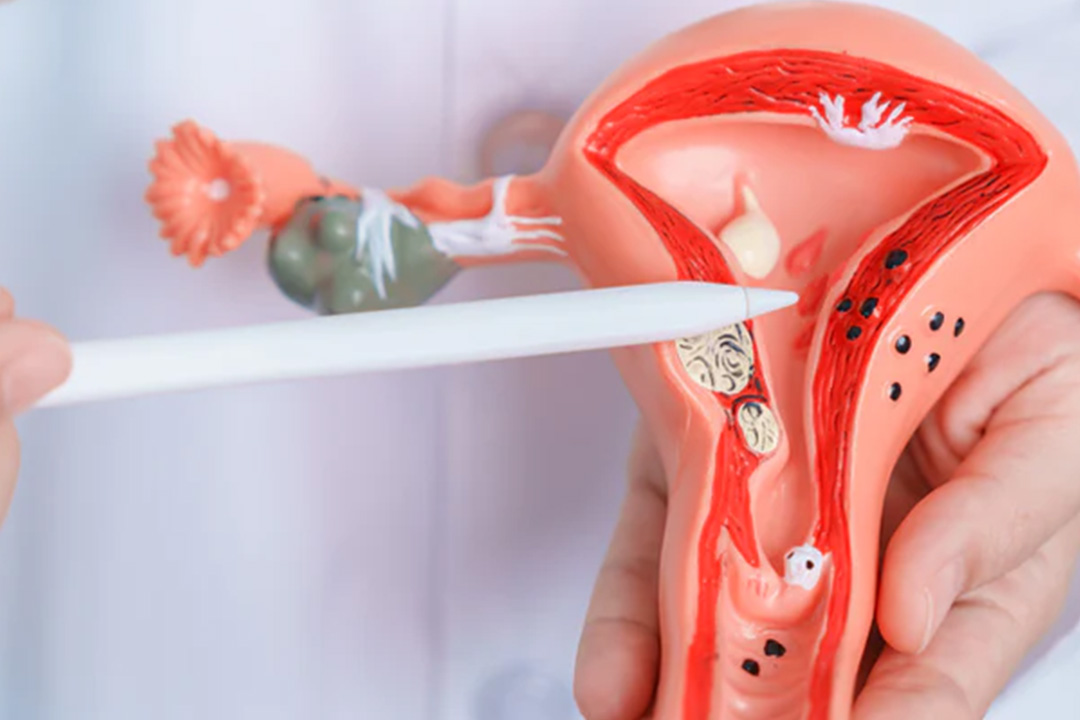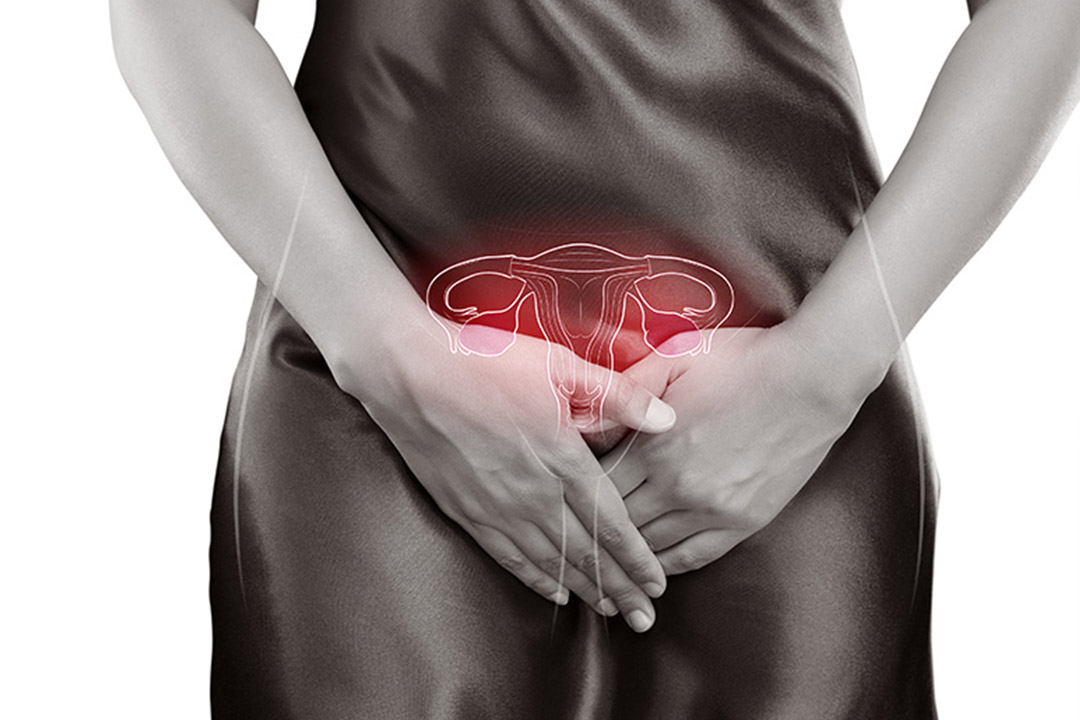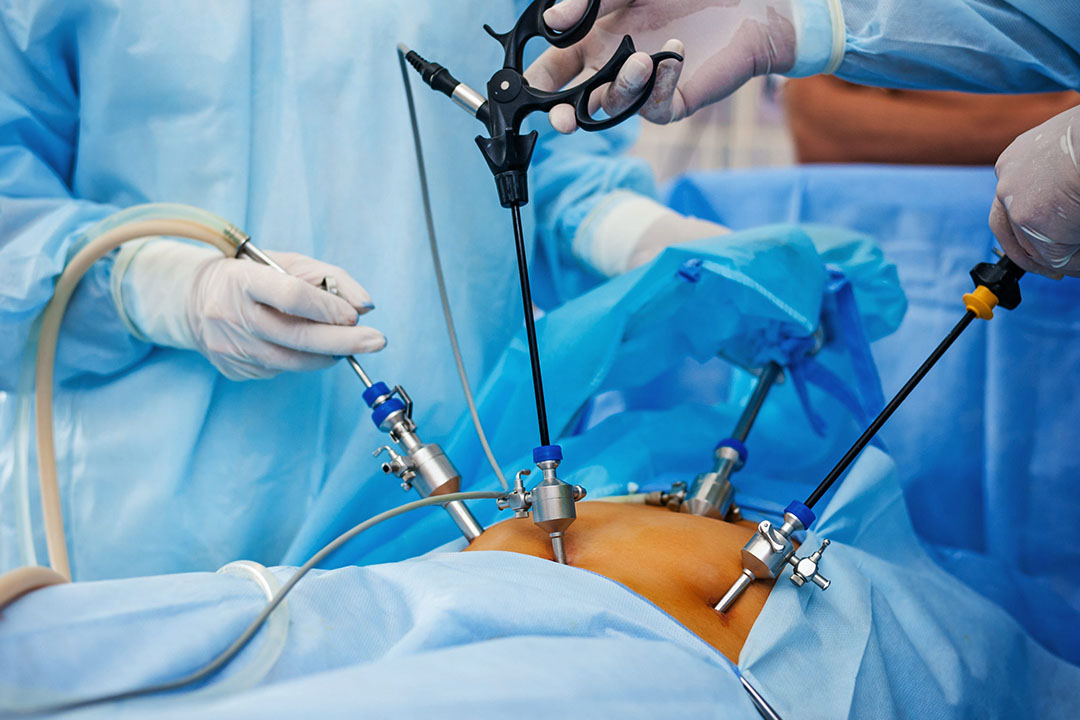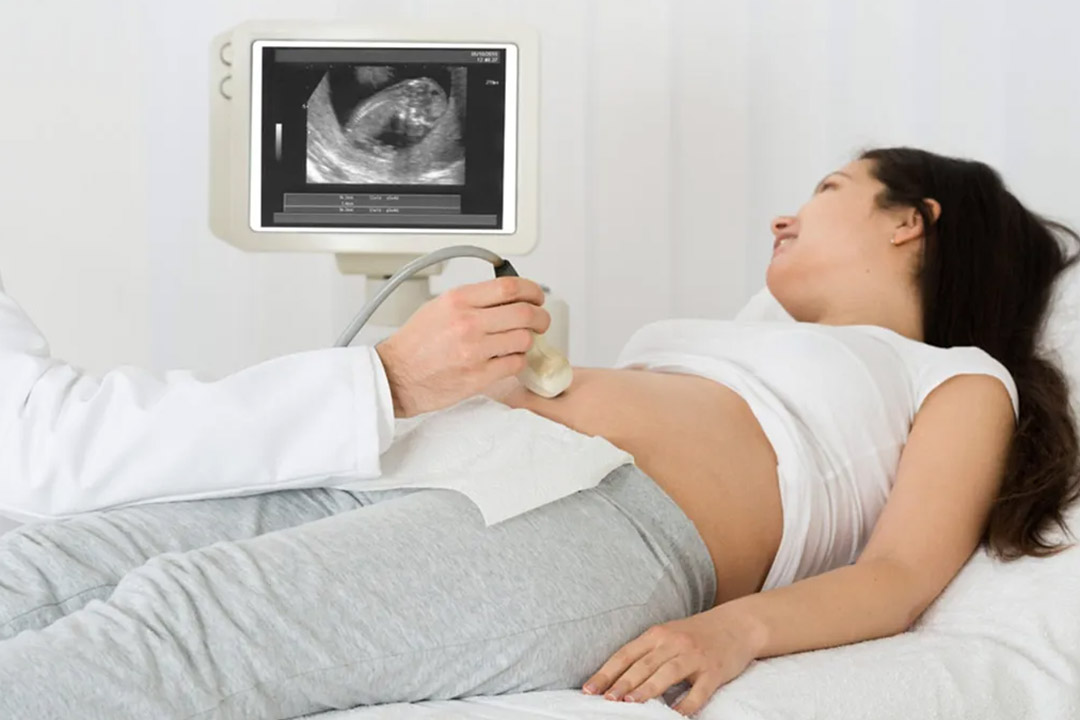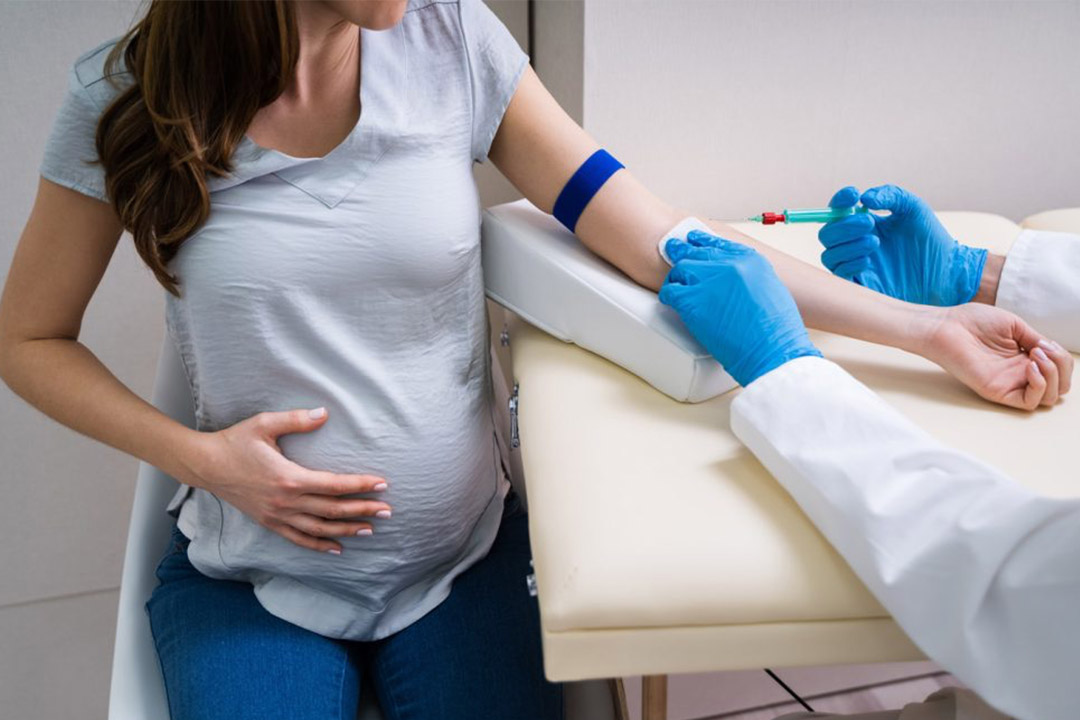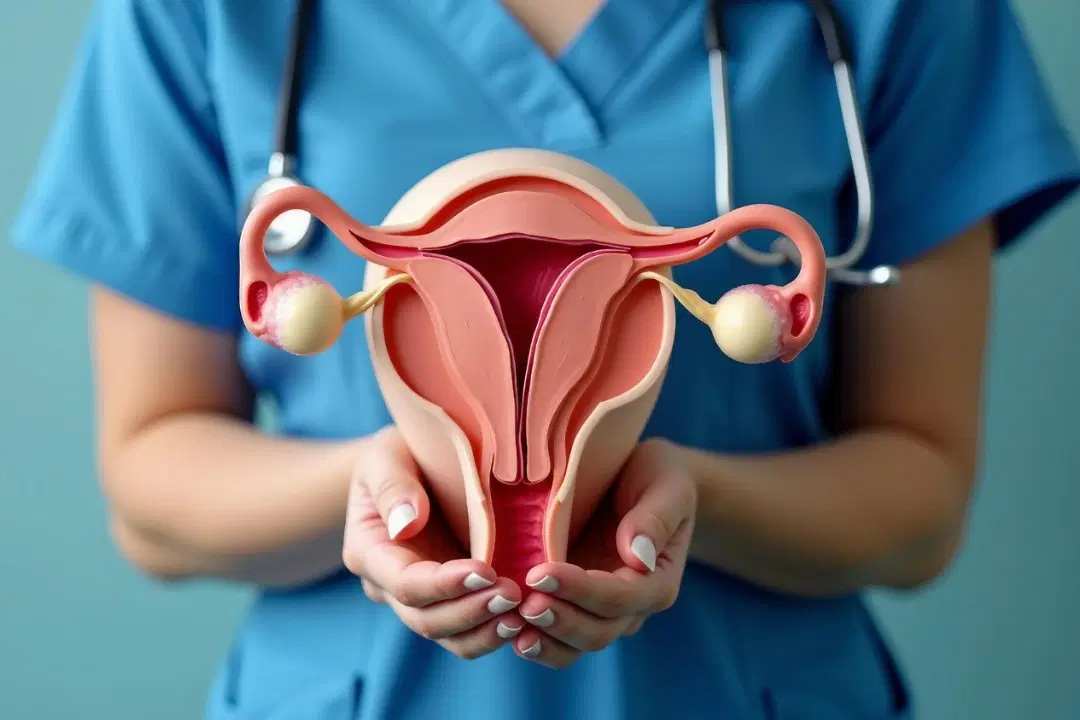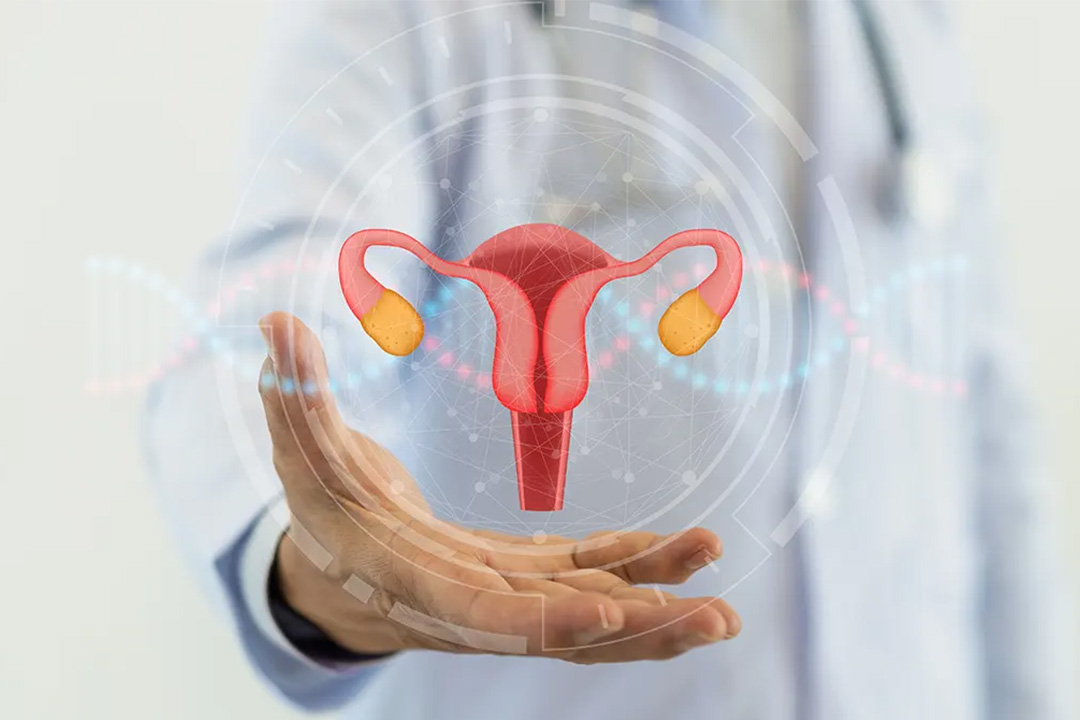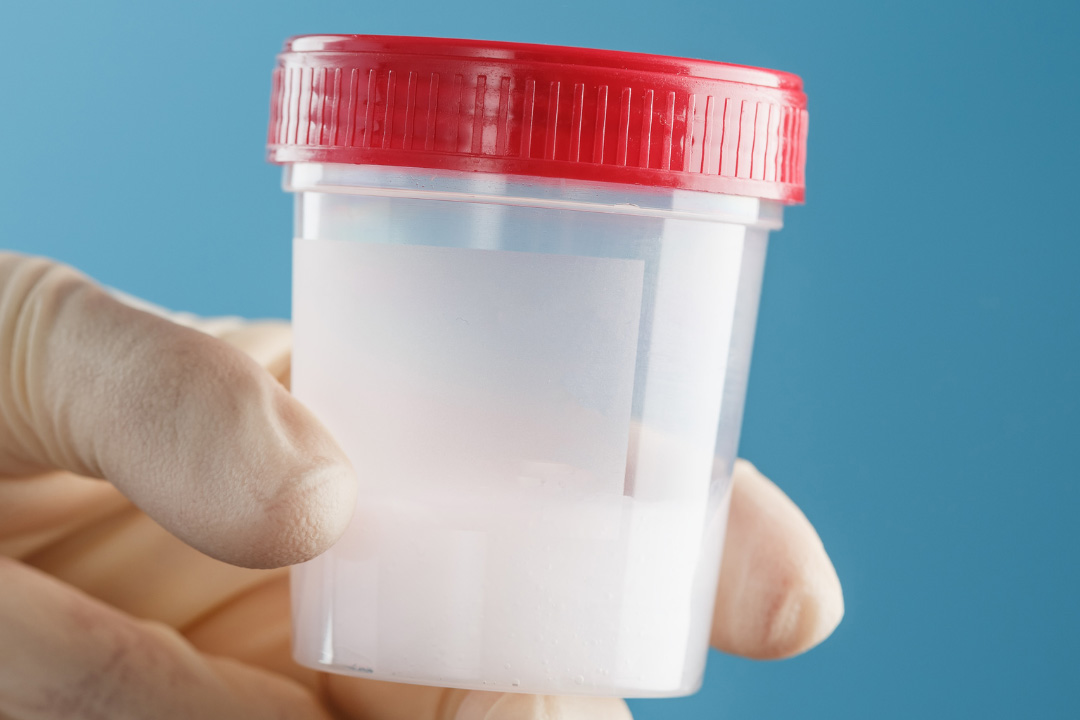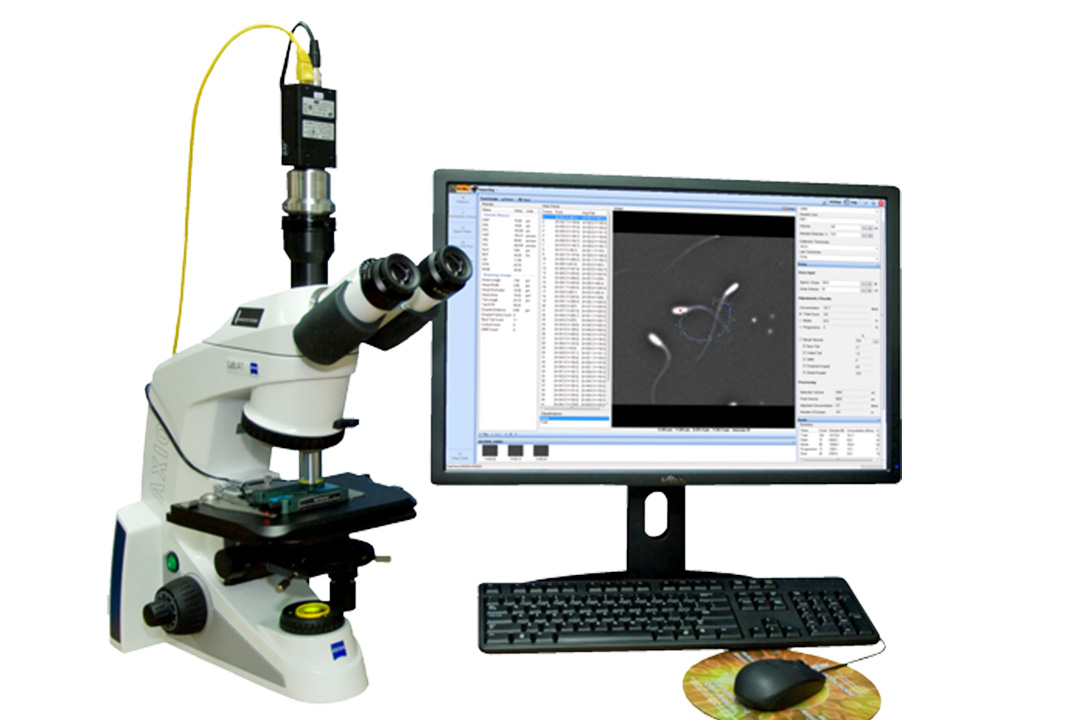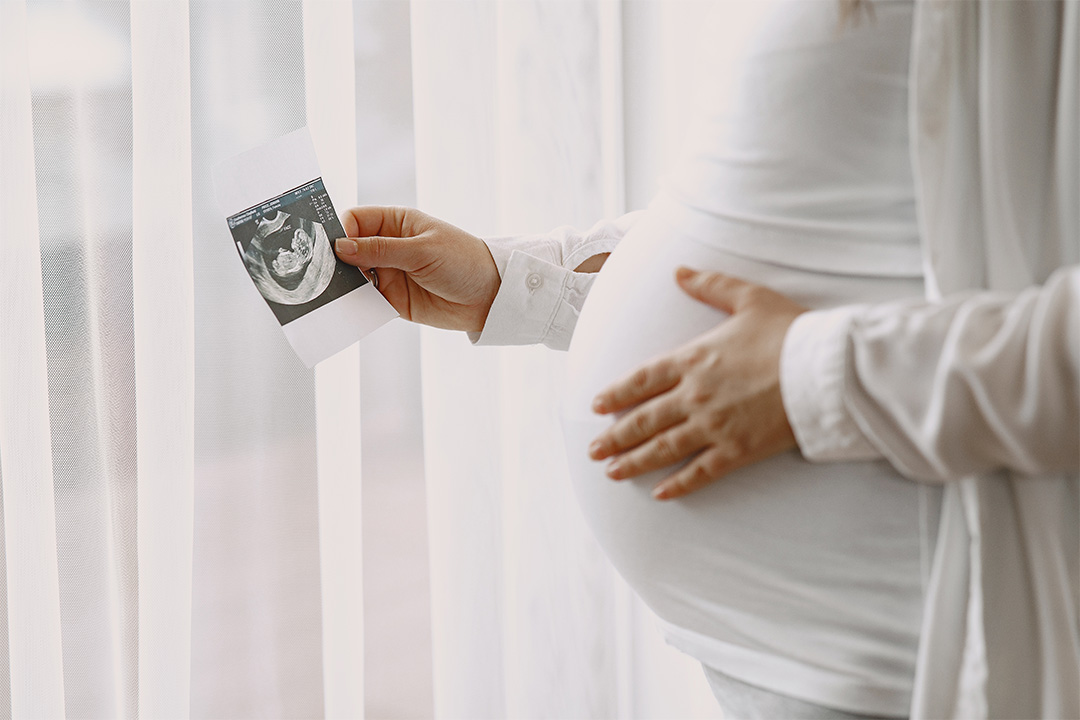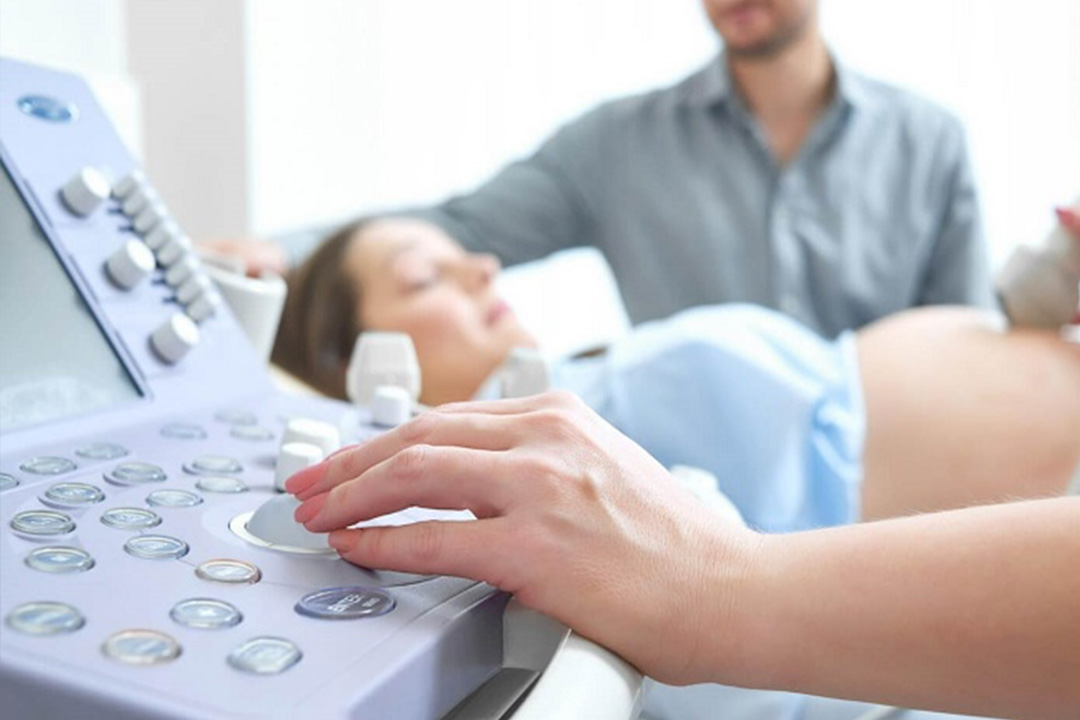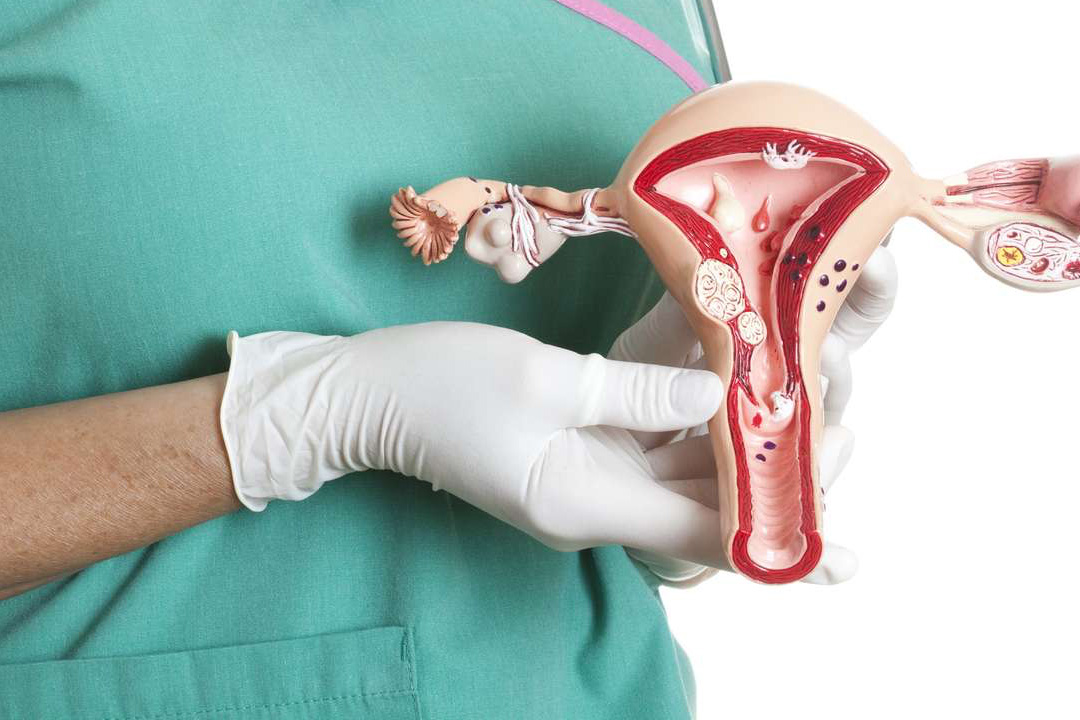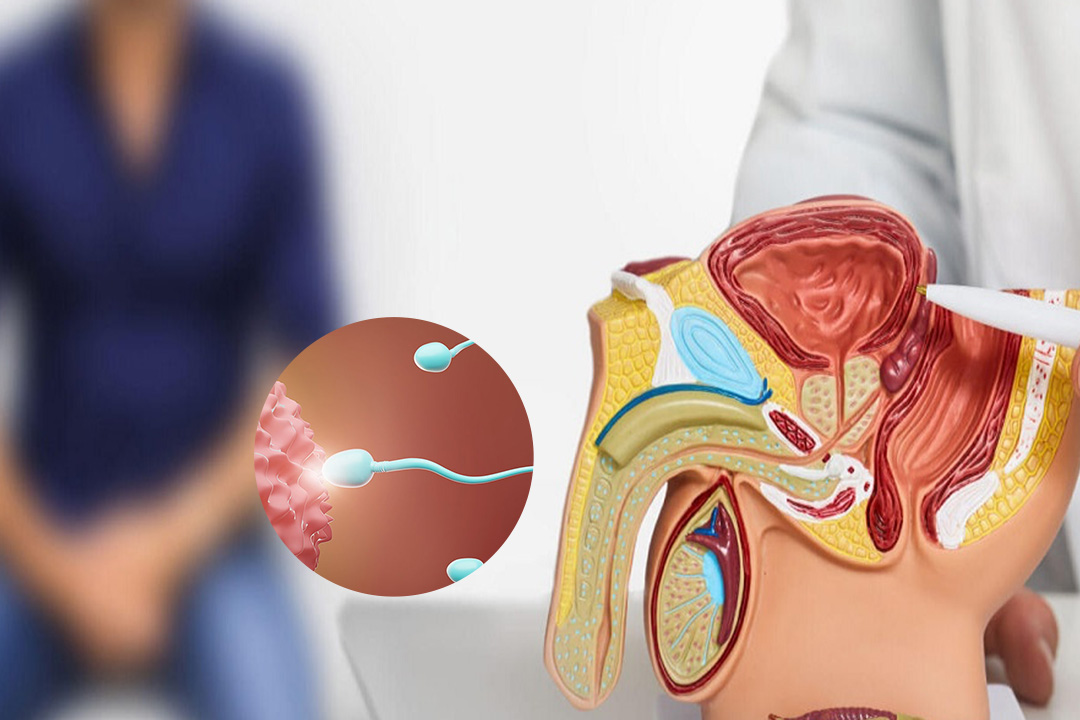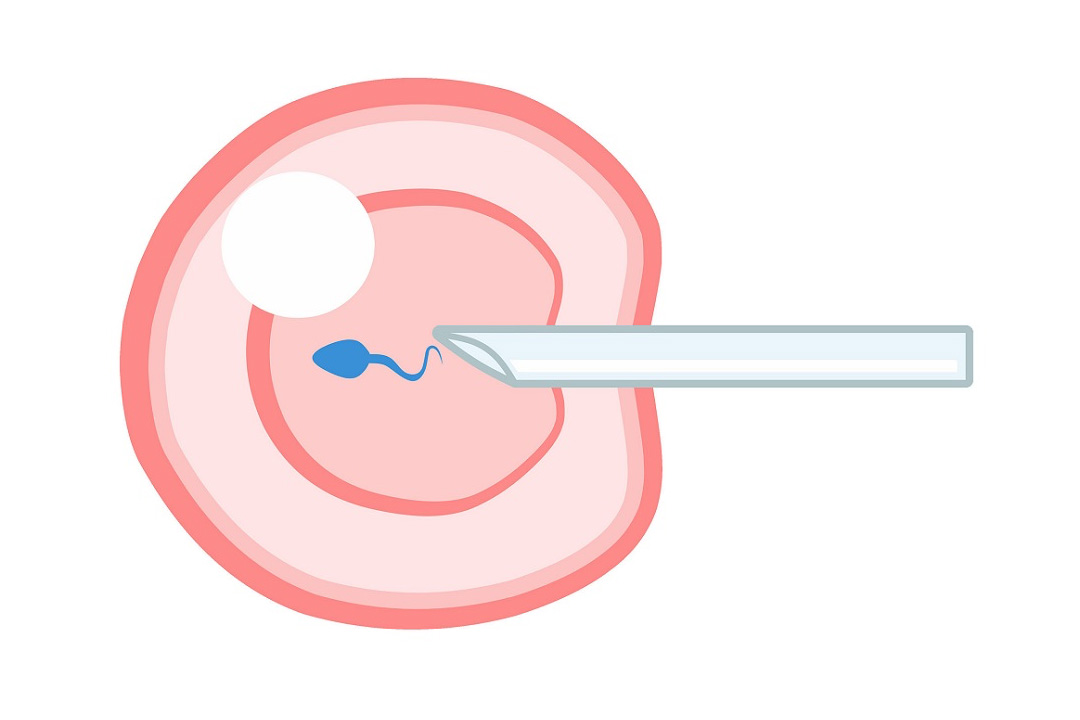Effective Laparoscopy Treatment for Blocked Fallopian Tubes
The laparoscopy technique has completely revolutionized the diagnosis and treatment of infertility, especially for women with blocked fallopian tubes. The procedure is very minimally invasive, and that is why it is often termed as 'keyhole surgery,' where only tiny cuts are needed rather than huge open cuts.
Blocked fallopian tubes are a common cause of infertility, and laparoscopy provides both diagnostic and therapeutic solutions in one procedure. During the operation, doctors can inspect the tubes and identify blockages, adhesions, or other abnormalities that may interfere with fertility.
For infertile patients with tubal blockages, the procedure presents an opportunity for the restoration of fertility but also is a more comfortable and cost-effective alternative to the traditional open surgery. In general, understanding the recovery time, cost, and success rates of laparoscopy for blocked fallopian tubes is important in planning fertility treatments for couples.
Understanding Laparoscopy for Blocked Fallopian Tubes
Laparoscopy is a surgical procedure where the patient receives general anesthesia. It starts by making one or more small incisions, generally 0.5-1 cm long, in the lower abdomen, mostly below the navel.
Through these small openings, a surgeon inserts a laparoscope which is a slender, flexible tube with a camera at the end. This device transmits clear, magnified images of the internal reproductive organs, such as the uterus, ovaries, and fallopian tubes to a monitor.
The two goals of laparoscopy with blocked fallopian tubes are to diagnose the cause and treat it within the same procedure. The surgeon may use lasers or other delicate tools to remove blockages, scar tissue, or adhesions. It is a delicate procedure that prevents damage to tissues surrounding the organs and preserves reproductive organs.
Diagnostic Laparoscopy for Blocked Fallopian Tubes
Diagnostic laparoscopy is an important step for patients suspected of having tubal blockages. If other less invasive tests like ultrasound scans or hysterosalpingograms (HSG) suggest a blockage, laparoscopy can confirm the diagnosis and visually inspect the pelvic cavity.
During diagnostic laparoscopy, the surgeon will inspect the fallopian tubes for signs of disease, inflammation, or scarring that could cause blockages. This visualization will help guide further treatment because it determines the nature and the extent of the problem.
Because this procedure can immediately treat if a blockage is found, diagnostic laparoscopy often becomes an operative procedure. This means that the same surgical session can both identify and correct issues which reduces the time.
Procedure and Technique
The laparoscopy procedure for blocked fallopian tubes is usually performed using these following steps:
- Patients are given general anesthesia to ensure they are unconscious and comfortable throughout the operation.
- After the small incisions are made, the abdominal cavity is inflated with carbon dioxide gas. This inflation creates a working space and better visualization of the pelvic organs.
- The surgeon then inserts the laparoscope to inspect the uterus, ovaries, and especially the fallopian tubes.
- If there is a blockage, more specialized instruments are passed through additional small incisions.
- These may clear or remove the blockage by cutting away scar tissue or removing adhesions. Sometimes dye is injected into the tubes as part of the procedure to test their patency.
- The instruments are then withdrawn, and sutures or surgical tape close the incisions at the end of the procedure.
Most patients go home on the same day they undergo the procedure. Initial recovery involves short-term pain management and monitoring for any complications such as bleeding or infection.
Patients usually experience mild soreness at the incision sites and may feel bloated due to the carbon dioxide gas used during surgery. Shoulder pain is a common, temporary side effect caused by the gas irritating the diaphragm, which generally subsides within a day or two.
The total recovery period may vary, but most people will be back in their normal daily activities within a week. The more complex the procedure, the greater the individual's health, or both, determines the rate at which one might recover.
Cost of Laparoscopy for blocked fallopian tubes
The cost for laparoscopy on a blocked fallopian tube ranges from 30,000-1,00,000 INR. Some of the factors that determine the cost are the degree of blockage, whether additional procedures are required to treat other infertility problems, and the length of time required for the surgery.
Patients can compare prices with different providers and discuss payment plans or insurance coverage options. The patient should ask about all potential costs before a procedure and think about how those costs fit into their financial situation and fertility goals.
Success Rates and Outcomes
One of the patient concerns is actually a success rate from laparoscopy. Success in the treatment of the blocked fallopian tubes is based on various factors such as the degree of blockage and its cause, other fertility issues that might be involved, and the expertise of the surgeon.
For many women, laparoscopy brings major improvements in their fertility and makes other procedures, like in vitro fertilization, much less necessary. However, success rates vary, and patients should discuss their individual prognosis with a healthcare professional to set realistic expectations.
Best Candidate for the Procedure
Not all patients qualify for laparoscopy. Women who experience difficulty conceiving and have done testing, such as ultrasounds or HSG, that reveal tubal abnormalities can make ideal candidates for a laparoscopy.
Those with a history of pelvic infections, endometriosis, or previous abdominal surgery will adjust better to this procedure. A patient's general health, history of other gynecological diseases, and the degree of the blockage are all considered when deciding whether or not she is a good candidate.
Risks and Complications
Like every surgical procedure, laparoscopy for blocked fallopian tubes has its risks. Possible risks include:
- Minimally invasive resulting in reduced pain
- Short stay in the hospital
- Small incisions reduce the scars
- Reduced risks of infections
- Decreased blood loss
Laparoscopy also allows a clear, magnified view of the pelvic organs, hence a more precise identification and correction of abnormalities. The better the visualization, the better the surgery results and greater the chances for fertility.
Postoperative Care and Recovery
Patients are usually advised to rest and avoid strenuous activities for a short period. Managing pain with prescribed medications and wound care instructions are important steps in the recovery process. Patients should monitor for signs of infection such as redness, swelling, or discharge at the incision sites and seek medical advice if these occur.
After surgery, most patients feel bloated or feel a little sore. These conditions usually resolve themselves within a couple of days. Some shoulder discomfort is also common, due to the gas used in the procedure.
Drinking plenty of water, slow walks, and a balanced diet can help improve recovery. It is also helpful to have scheduled follow-up visits so that a doctor can monitor healing and address any issues which arise.
Comparing Laparoscopy with Other Treatments
Laparoscopy is exceptional when it comes to the treatment of blocked fallopian tubes compared to open surgery or assisted reproductive technologies like IVF. In open surgery, larger incisions are required. More time is spent in the hospital and longer periods of recovery time.
Open surgery also results in more significant scarring and an increased risk of complications. Minimally invasive laparoscopy reduces most of these complications, making it a more popular choice for most patients.
While IVF avoids the need to repair blocked tubes by fertilizing eggs outside the body, laparoscopy can restore natural fertility and improve the possibility of pregnancy without the need for expensive and invasive fertility treatments.
Conclusion
Laparoscopy for blocked fallopian tubes is a very effective and minimally invasive procedure that achieves both diagnostic and therapeutic benefits.
With small incisions and advanced technology, surgeons can accurately diagnose tubal blocks and often treat them in the same procedure. This approach increases the chances of restoring fertility and reduces recovery time, cost, and risks associated with more invasive surgeries.
Individual health conditions, the severity of the blockage, and the expertise of the surgeon are some of the critical factors that determine the success of the surgery. Though laparoscopy has many advantages, proper decision-making, realistic expectations, and postoperative care will be important for recovery and fertility.
About Us
AKsigen IVF is a premier center for advanced fertility treatments, with renowned fertility experts on our team. Specializing in IVF, ICSI, egg freezing, and other cutting-edge reproductive technologies, AKsigen IVF is committed to helping couples achieve their dream of parenthood. With personalized care and a patient-first approach, AKsigen IVF provides comprehensive fertility solutions under one roof.





